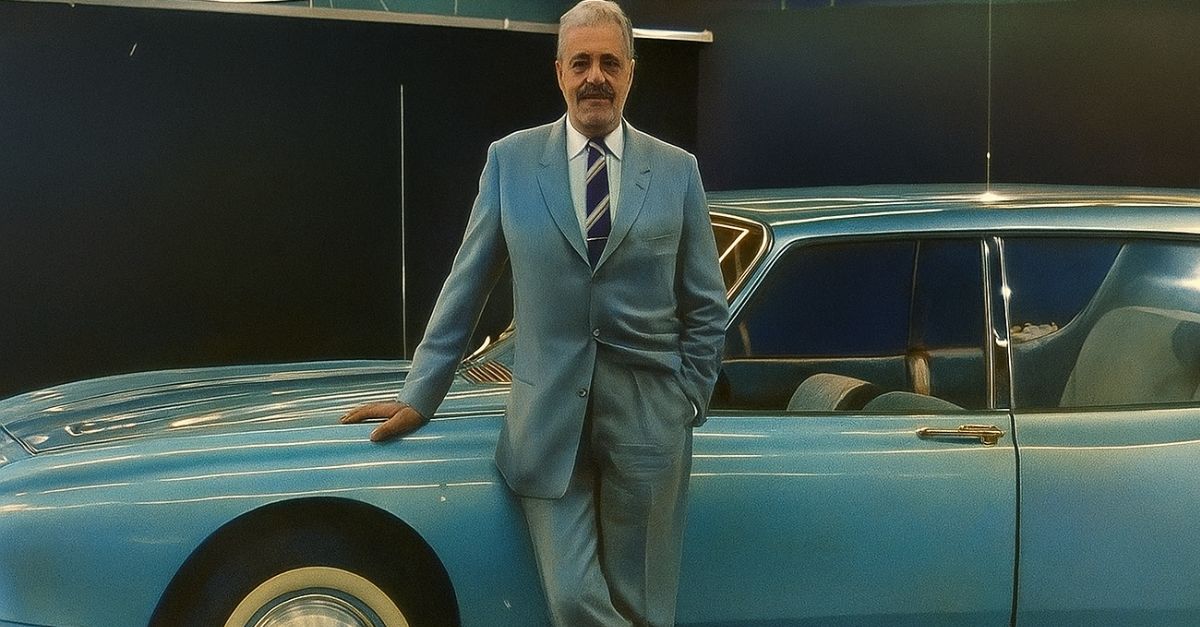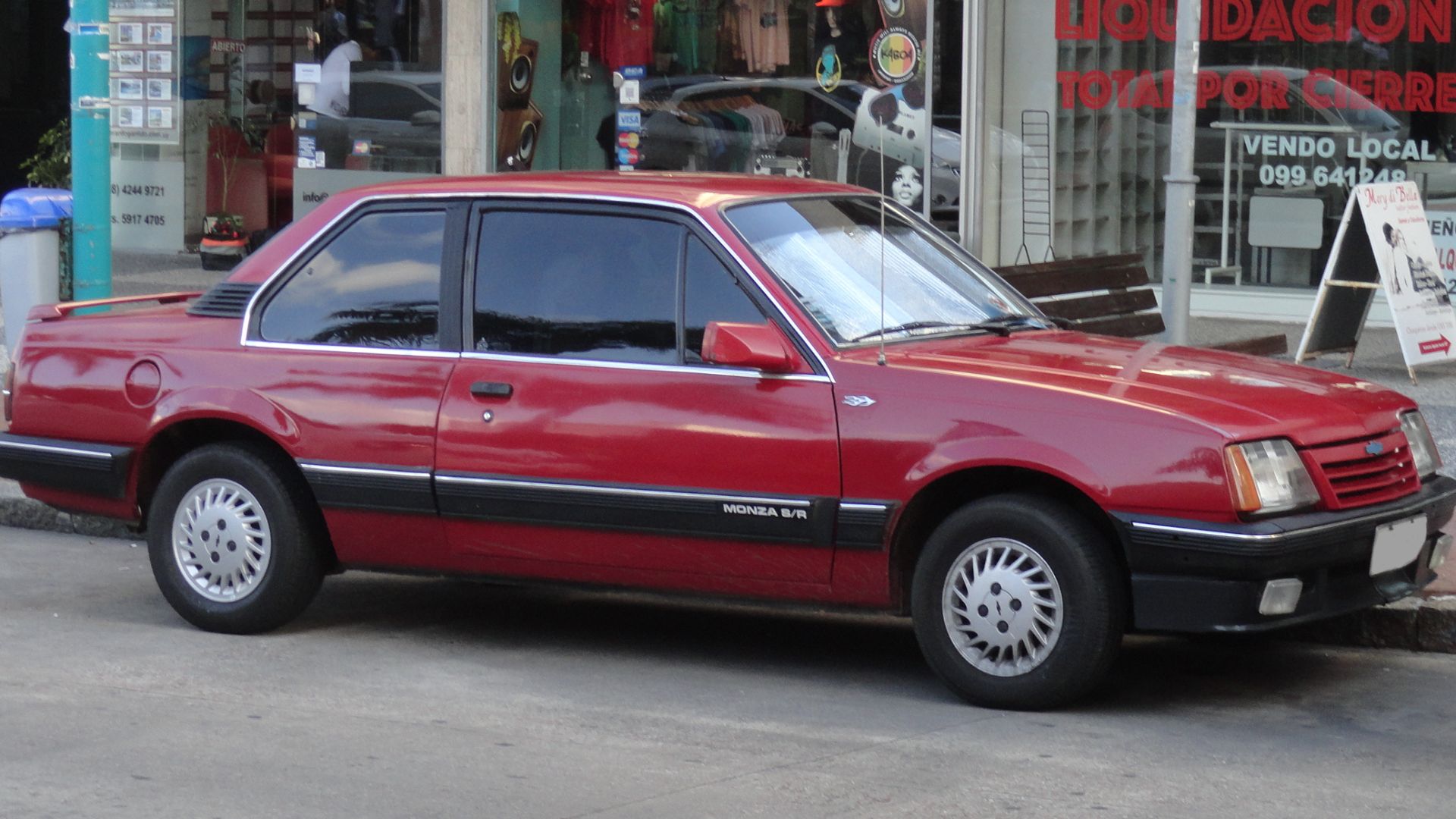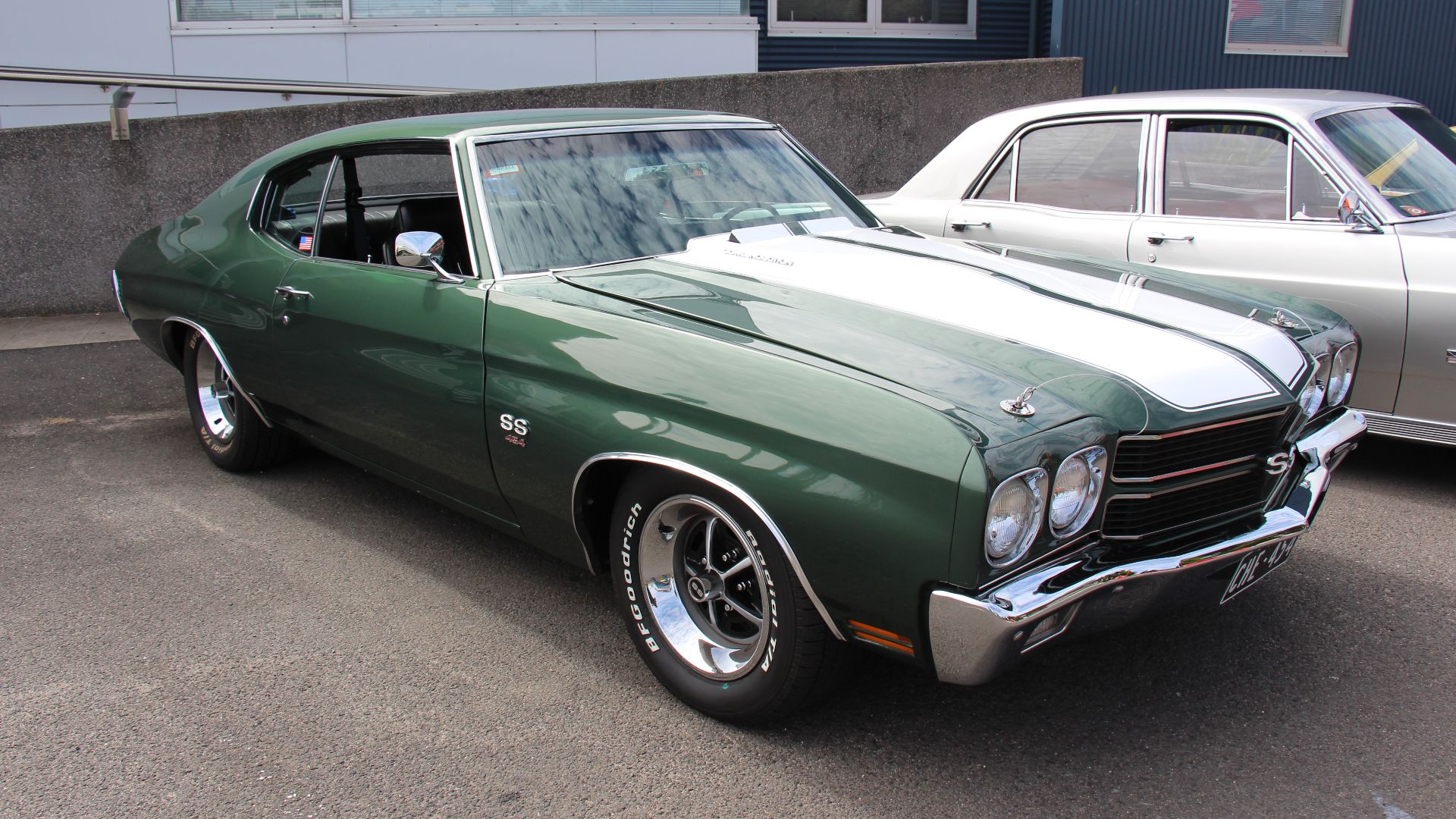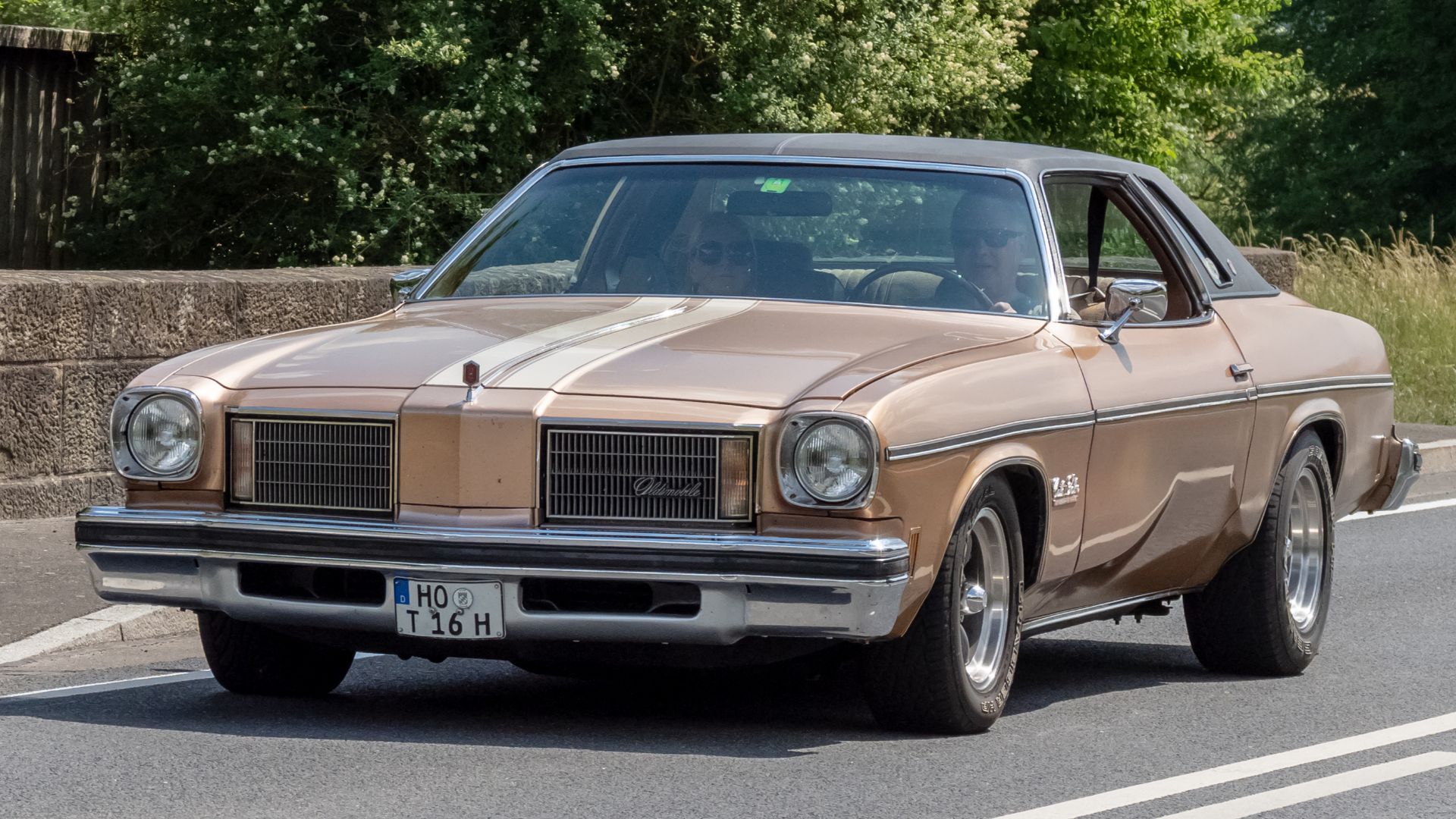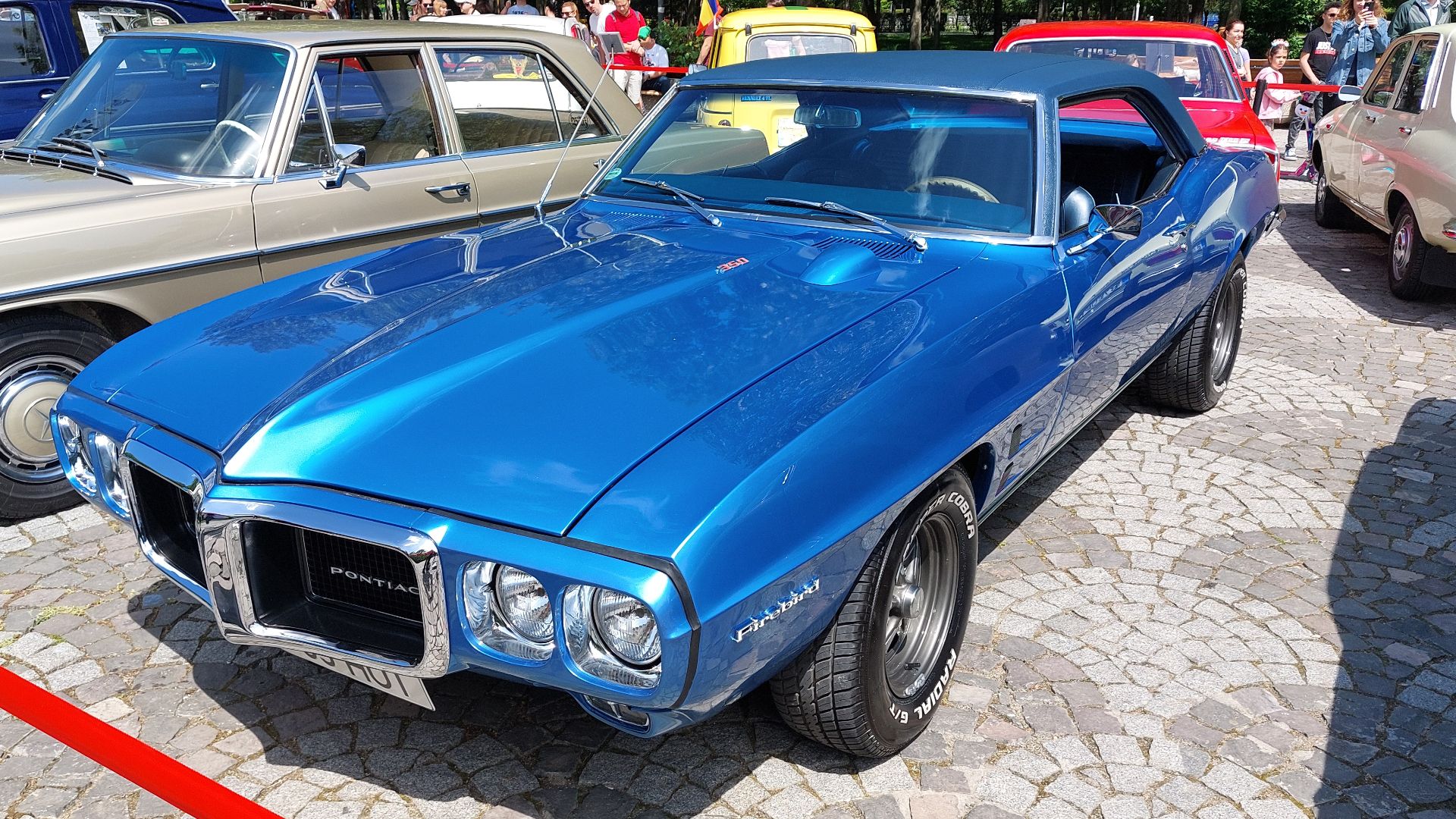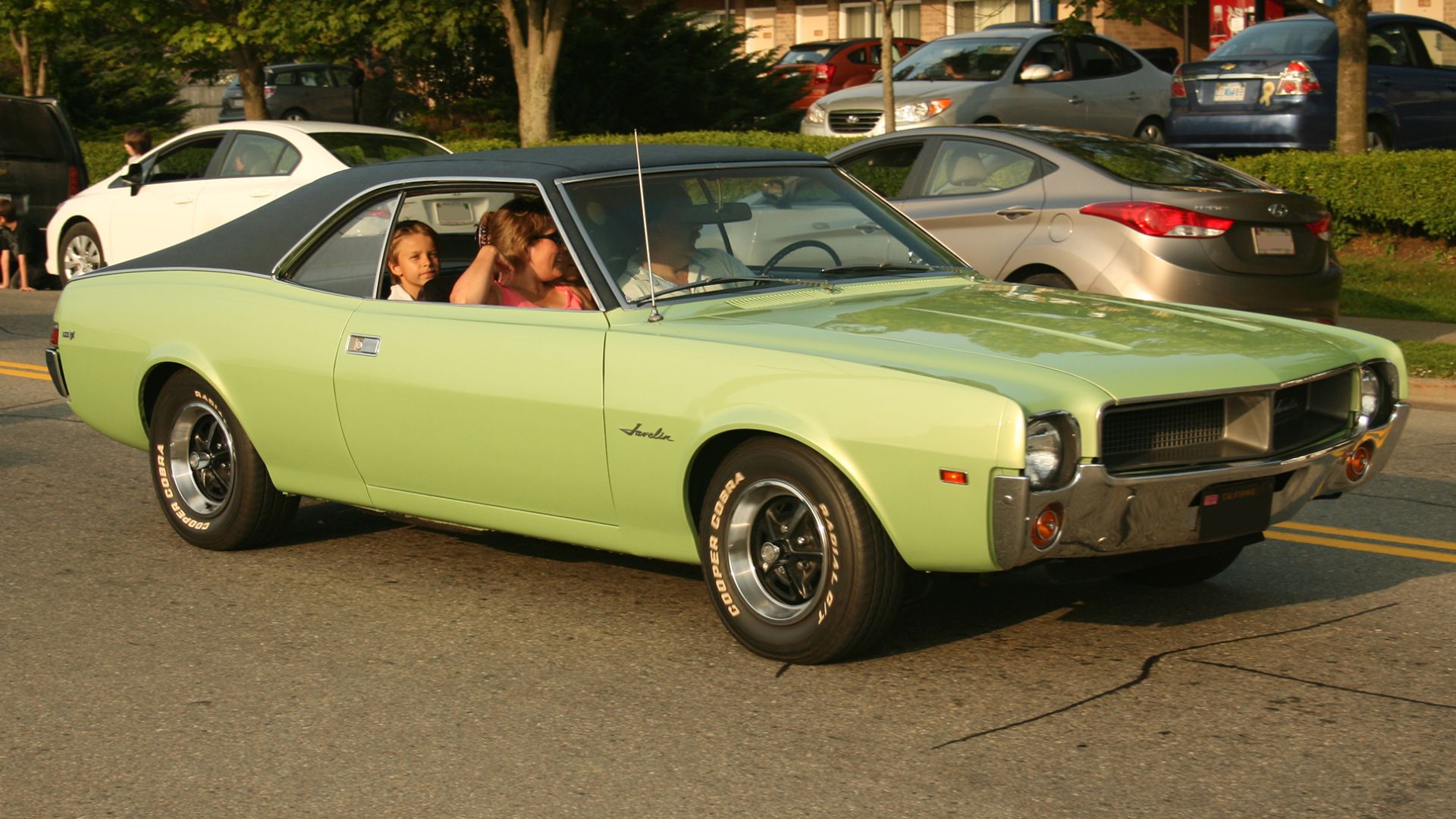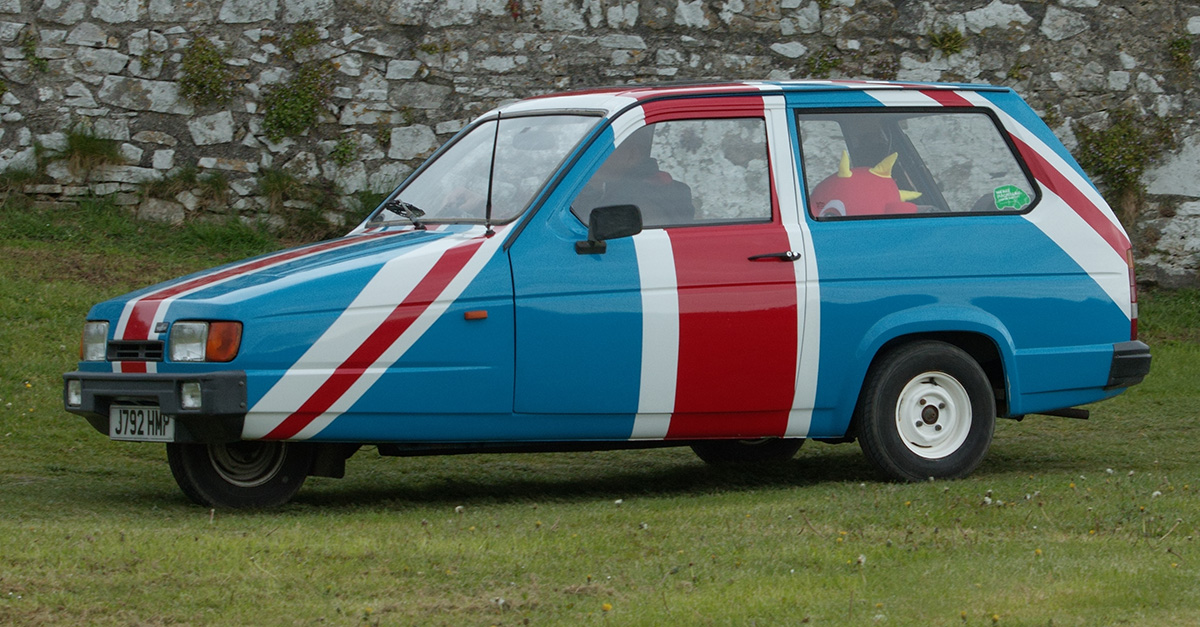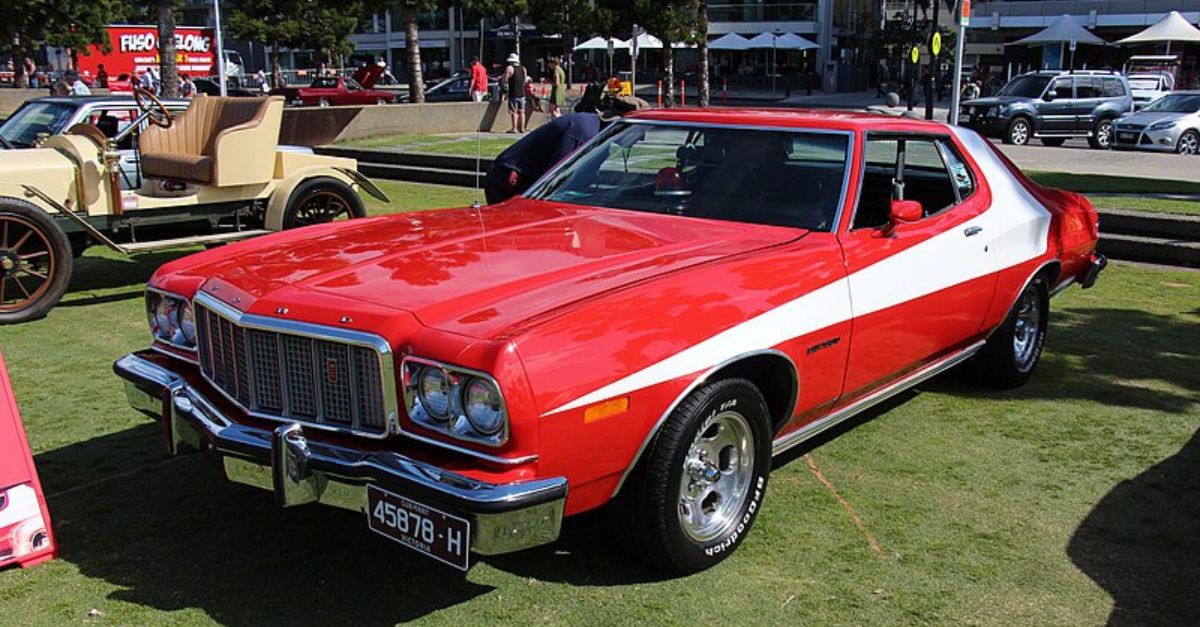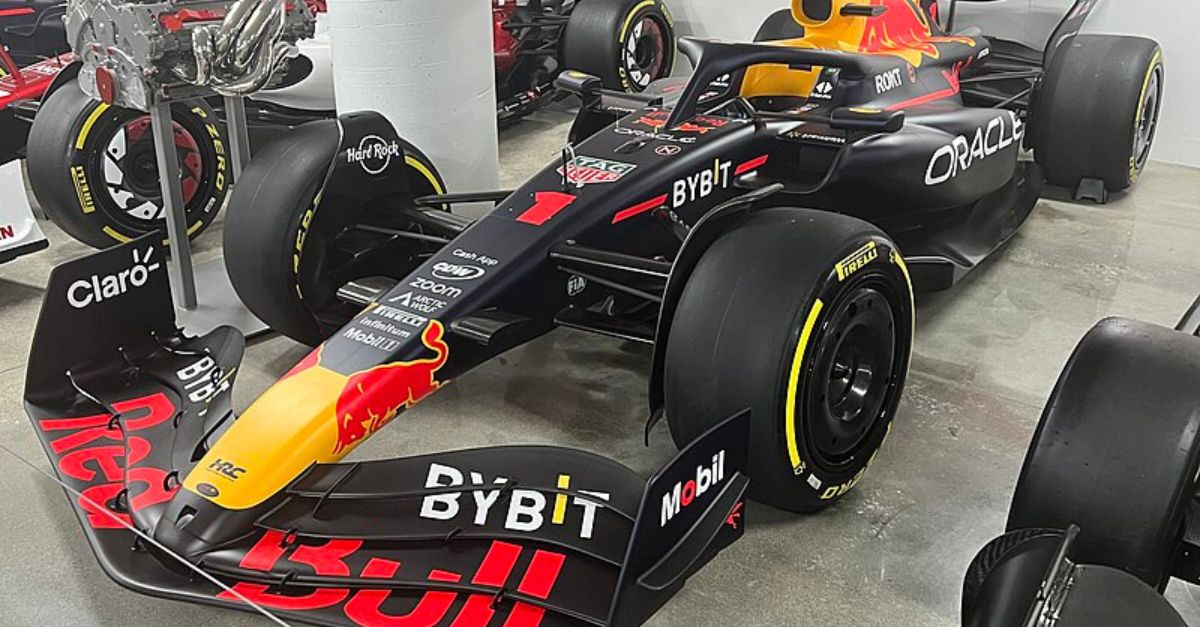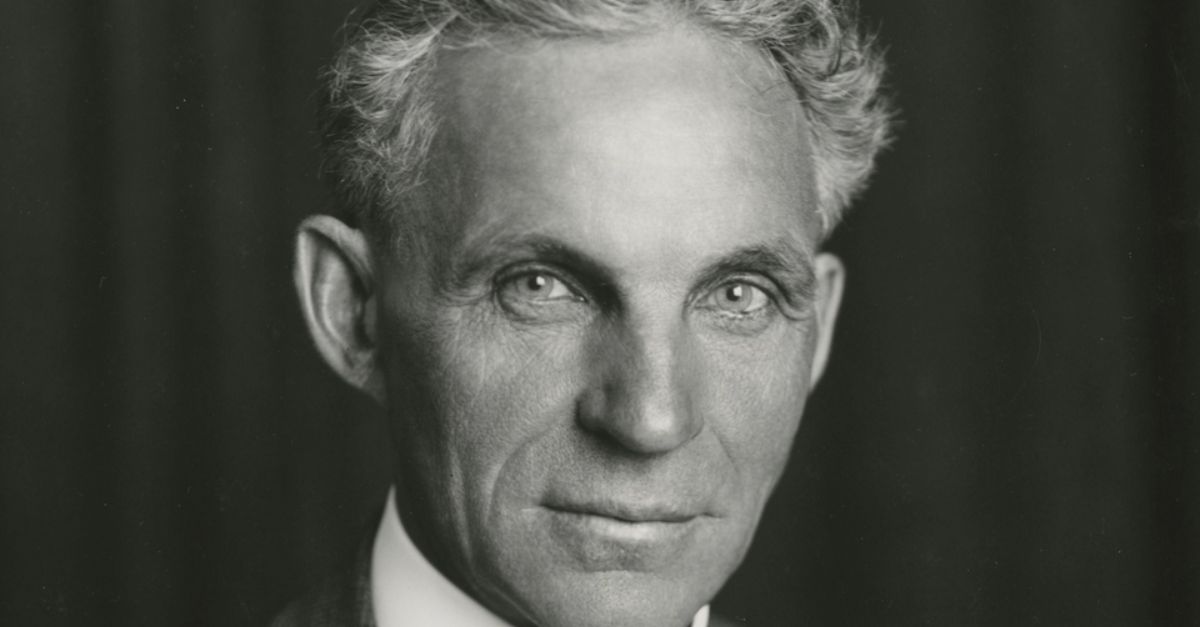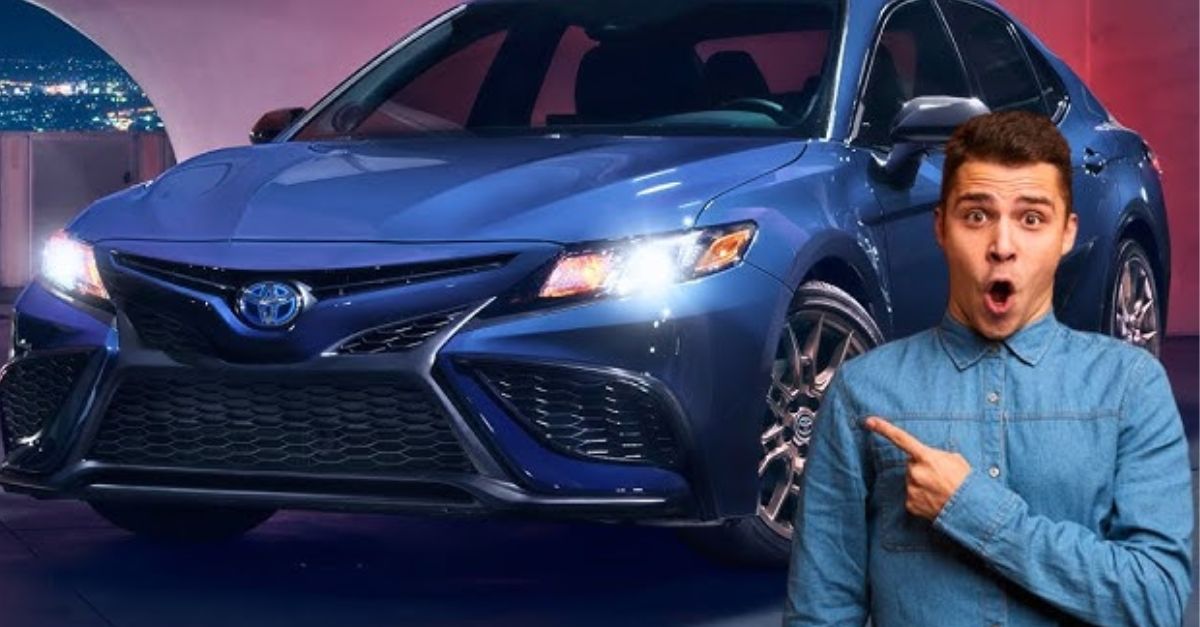Bring Back Swagger
Remember when cars had character? Real muscle, real style, no screens pretending to be dashboards. American automakers used to build machines that made you feel alive. Bringing them back could shake things up.
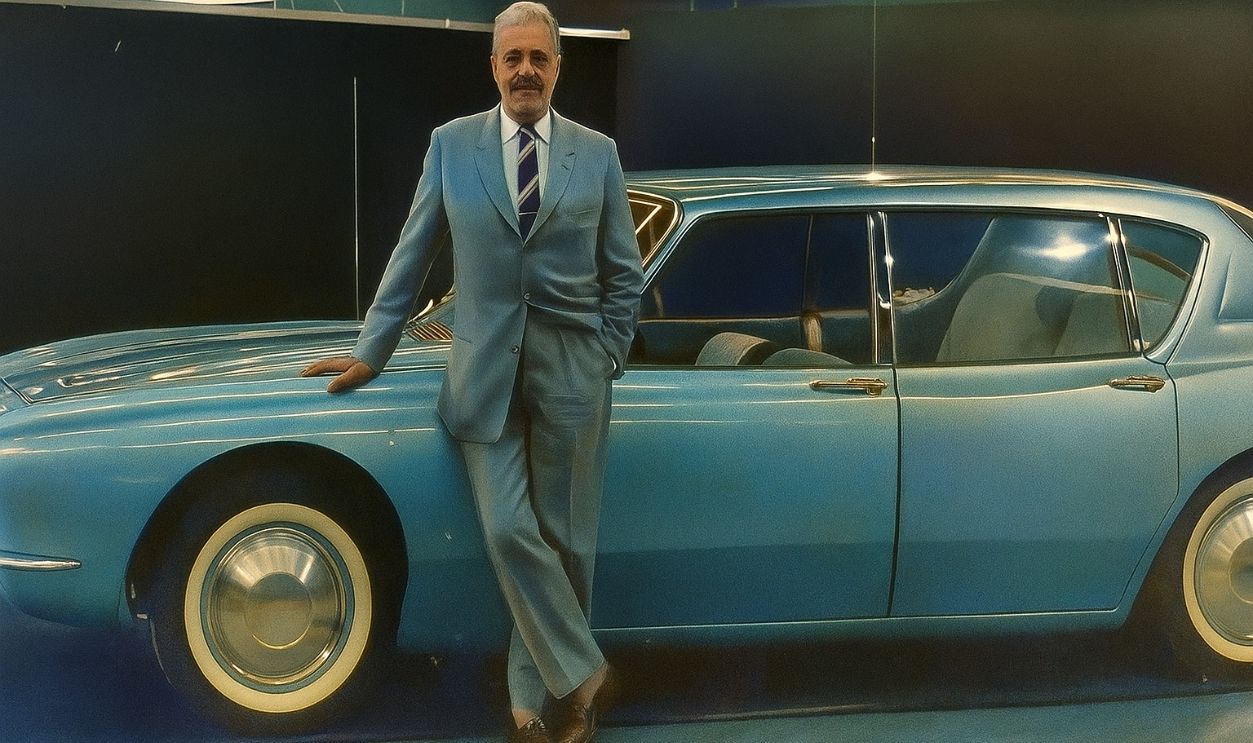
Pontiac GTO
Though it flaunted an Italian name borrowed from Ferrari's elite 250 GTO, the 1964 Pontiac GTO mirrored pure American muscle-car swagger. Starting as a humble Tempest option package, this V8-powered creation sparked a performance revolution that Detroit's earlier Rocket 88 had only hinted at.
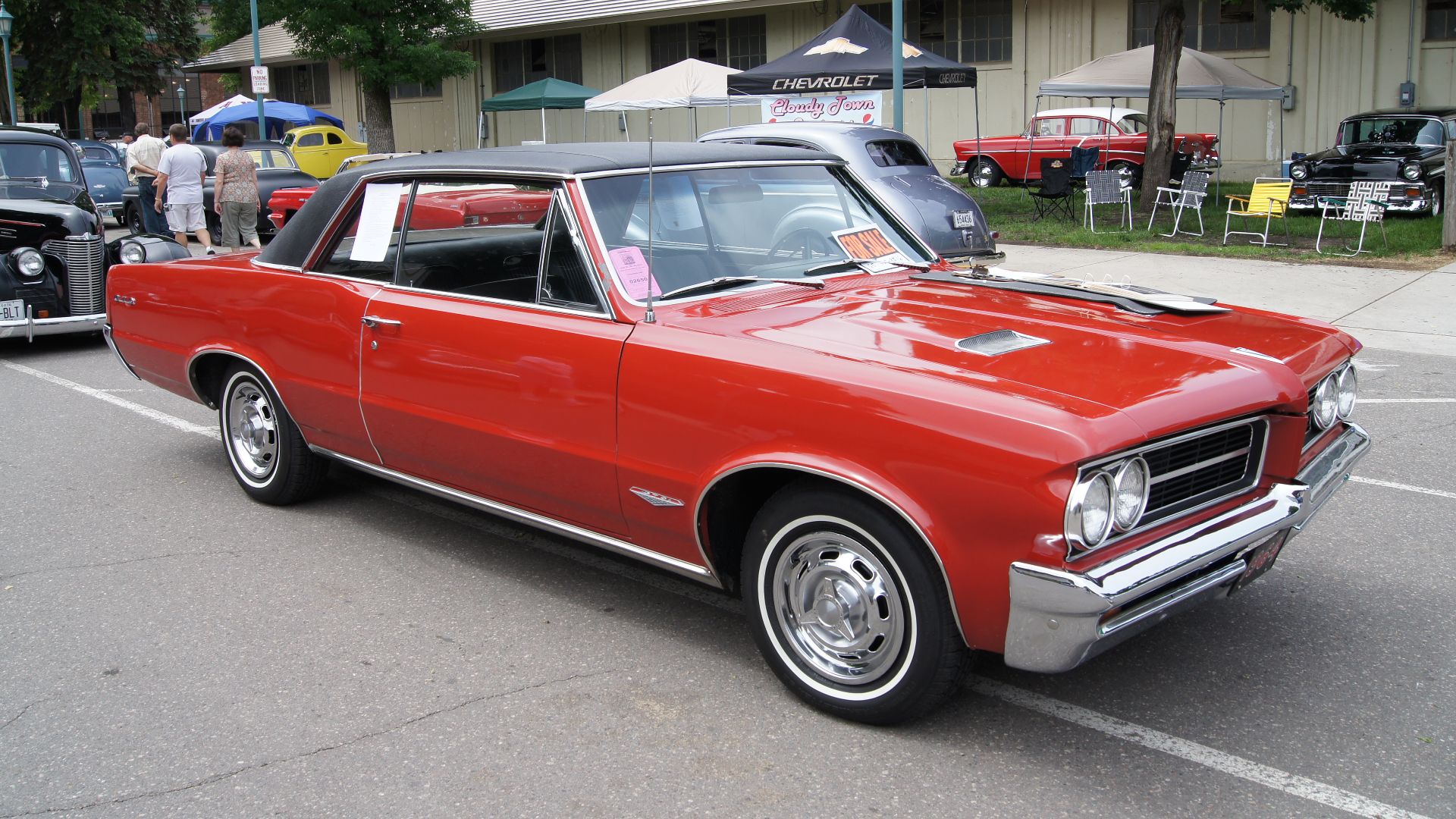 Greg Gjerdingen from Willmar, USA, Wikimedia Commons
Greg Gjerdingen from Willmar, USA, Wikimedia Commons
Plymouth Duster
The Plymouth Duster lived a fascinating double life in the 1970s, straddling two automotive worlds with remarkable grace. Born from the humble Valiant platform, it offered budget-conscious drivers a taste of muscle car excitement through its available 340 and 360 V8s.
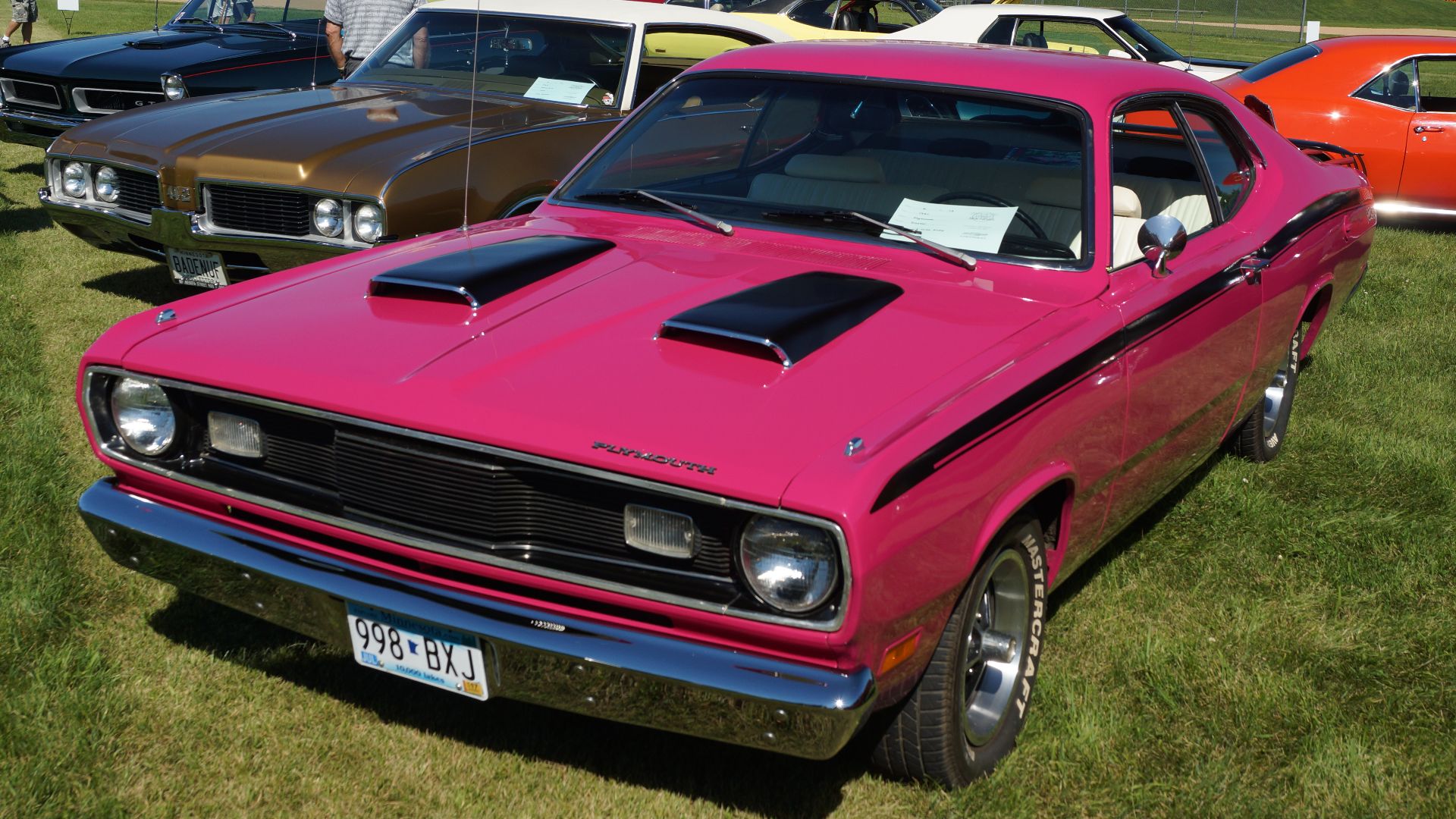 Greg Gjerdingen from Willmar, USA, Wikimedia Commons
Greg Gjerdingen from Willmar, USA, Wikimedia Commons
Chevrolet Monza
Born from Chevrolet's Vega platform, this beast enhanced the compact segment through its sophisticated makeover, featuring upscale interior appointments and athletic styling inspired by its Italian namesake city. The transformation from basic economy car to refined sports compact reached its peak with the Monza 2+2.
Ford Thunderbird
In 1955, American automakers faced a vital challenge: luxury cars were stately but staid, while sports cars sacrificed comfort for speed. Ford's brilliant solution was the Thunderbird, a groundbreaking two-seater that created the personal luxury segment by masterfully blending athletic style with refined comfort.
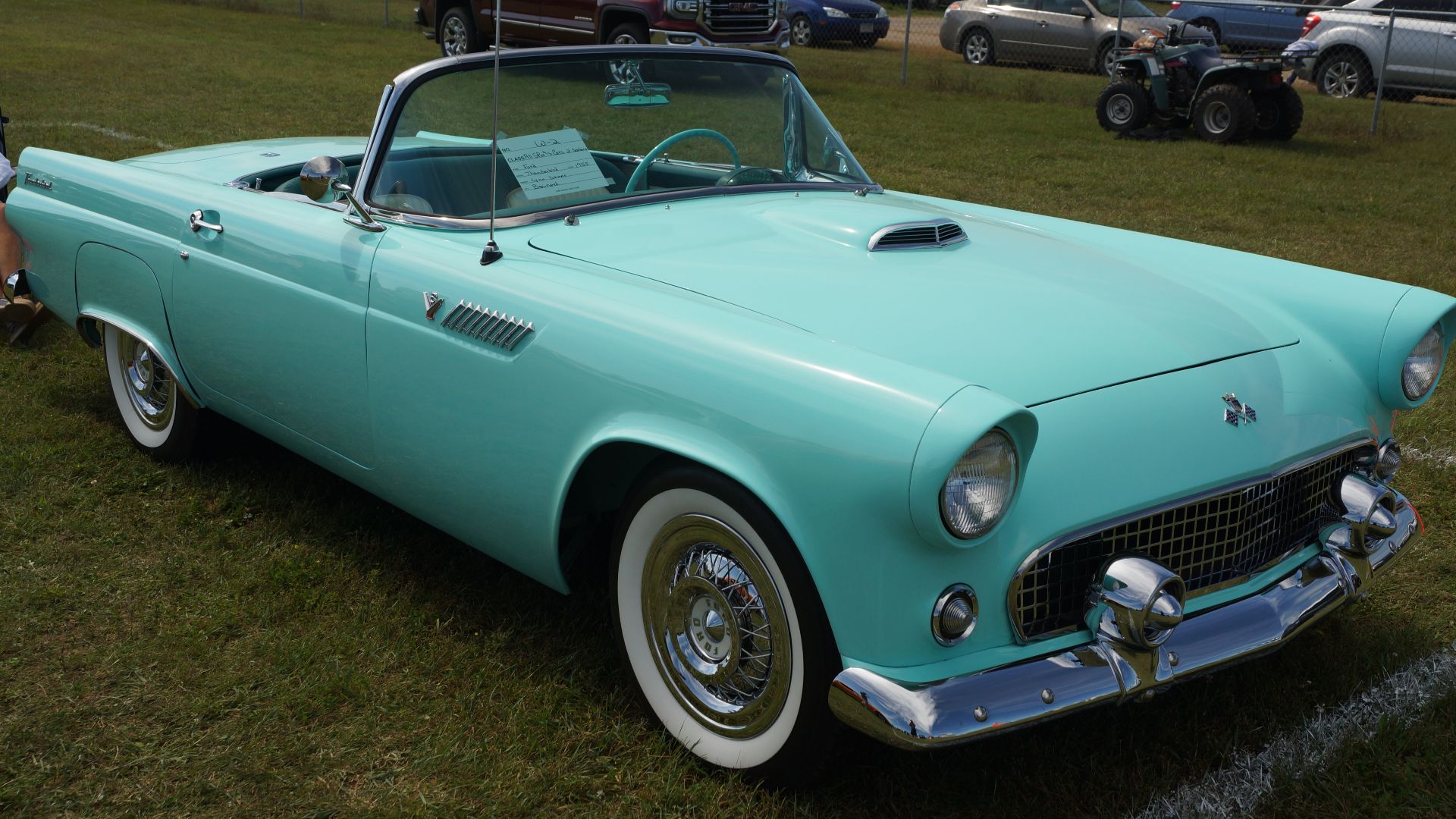 Greg Gjerdingen from Willmar, USA, Wikimedia Commons
Greg Gjerdingen from Willmar, USA, Wikimedia Commons
Chevrolet Chevelle
By day, it hauled groceries as a sensible station wagon or ferried families as a practical sedan, but the Chevelle harbored a wild alter ego. Introduced in 1964, Chevrolet's mid-size marvel reached its legendary status with the 1970 SS 454, which produced 450 tire-shredding horsepower.
Mercury Marauder
When the market craved a true American performance sedan, Mercury answered with the Marauder—first in 1963, then spectacularly in 2003 as a muscled-up Grand Marquis showing off 302 horsepower and sinister black styling. The production ended in 2004.
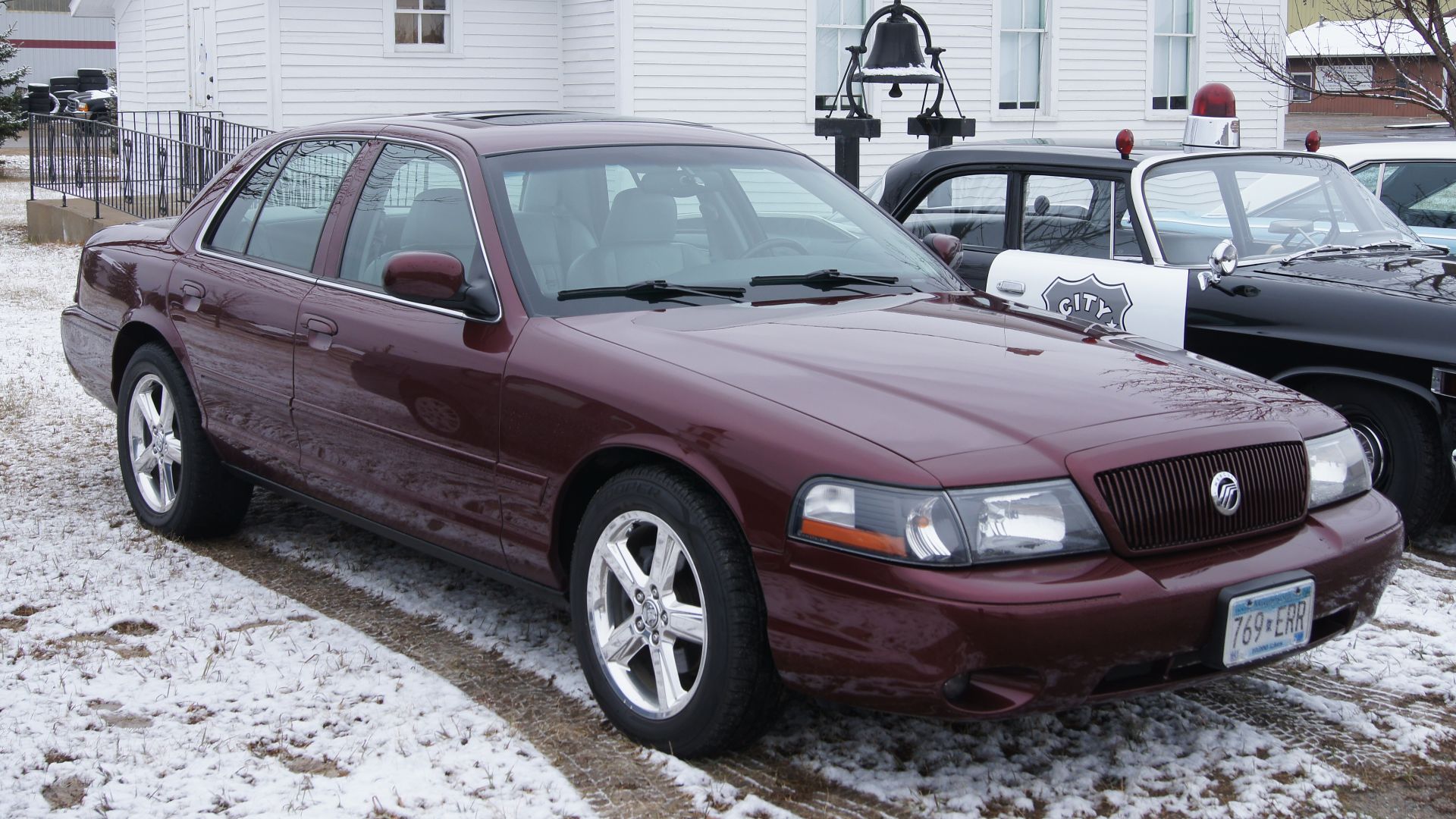 Greg Gjerdingen from Willmar, USA, Wikimedia Commons
Greg Gjerdingen from Willmar, USA, Wikimedia Commons
Dodge Viper
The Viper's audacious 1989 debut—a windowless, handle-free concept that scorned convention—heralded Dodge's analog supercar revolution. By 1992, its truck-derived 8.0L V10 had evolved into a 400-horsepower beast, deliberately stripped of electronic aids. The Viper’s pure mechanical brutality feels like a lost art.
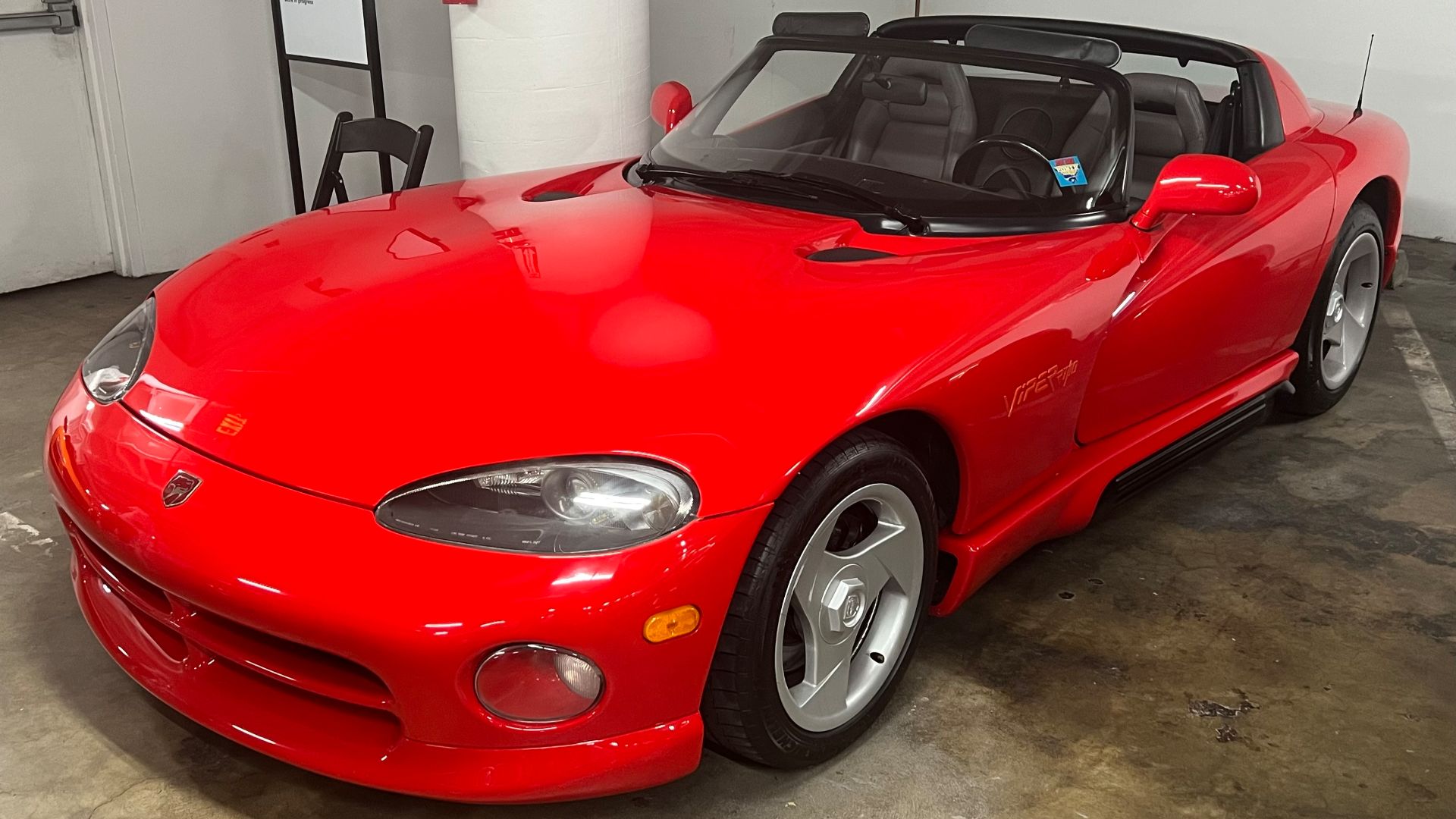 TaurusEmerald, Wikimedia Commons
TaurusEmerald, Wikimedia Commons
Buick GNX
Today's collectors vie fiercely for the legendary Buick GNX, with each of the mere 547 examples bearing a numbered dashboard plaque that marks its place in automotive history. The limited-production powerhouse earned its reverence by wielding a turbocharged 3.8L V6.
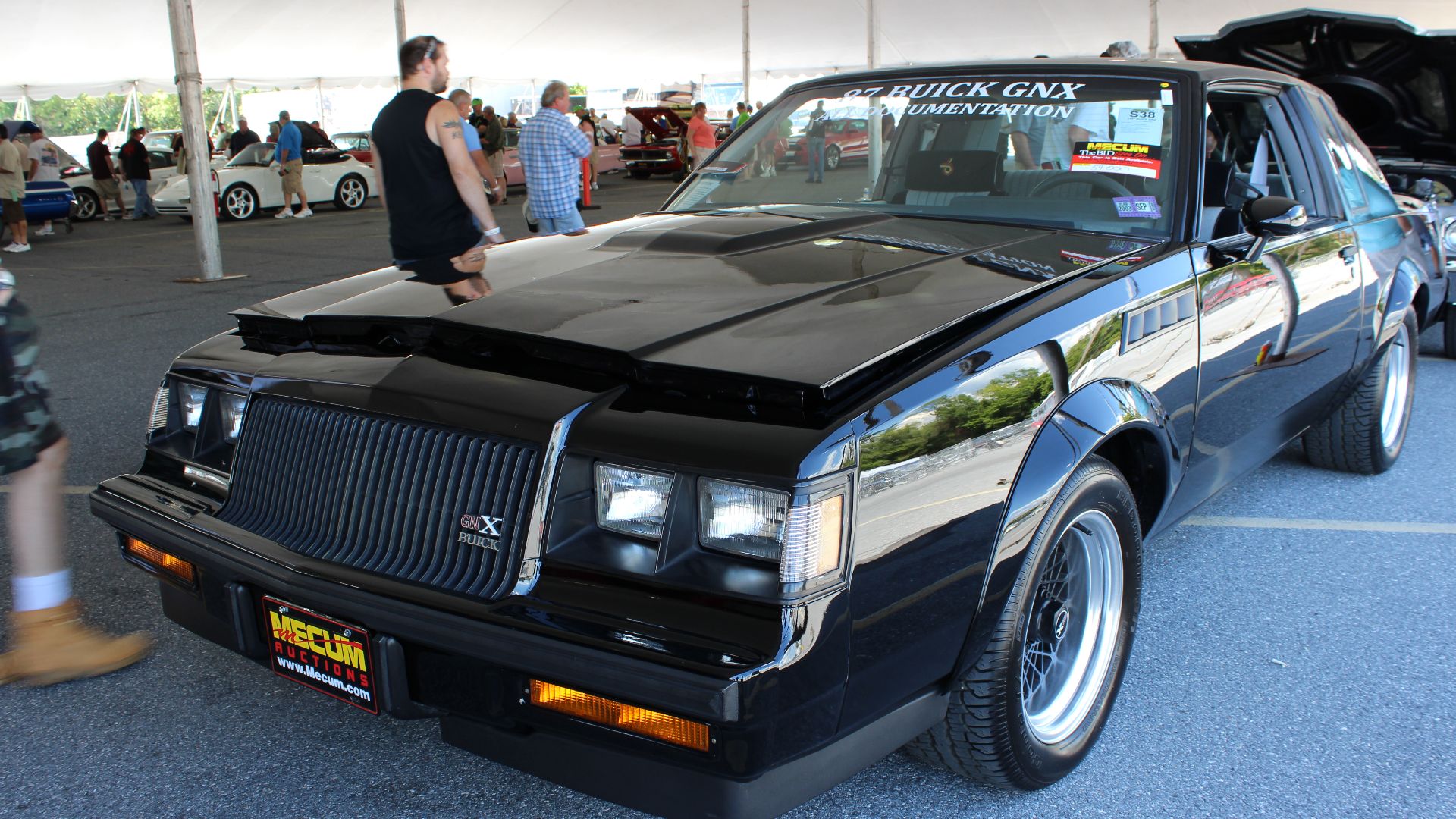 ilikewaffles11, Wikimedia Commons
ilikewaffles11, Wikimedia Commons
Ford Fairlane
Named after Henry Ford's own Dearborn estate, the Fairlane evolved dramatically from its 1955 debut as a full-size cruiser into a formidable mid-size contender. The transformation reached its zenith with the performance-focused Fairlane 500 GT and GT/A variants, which packed muscular V8 power.
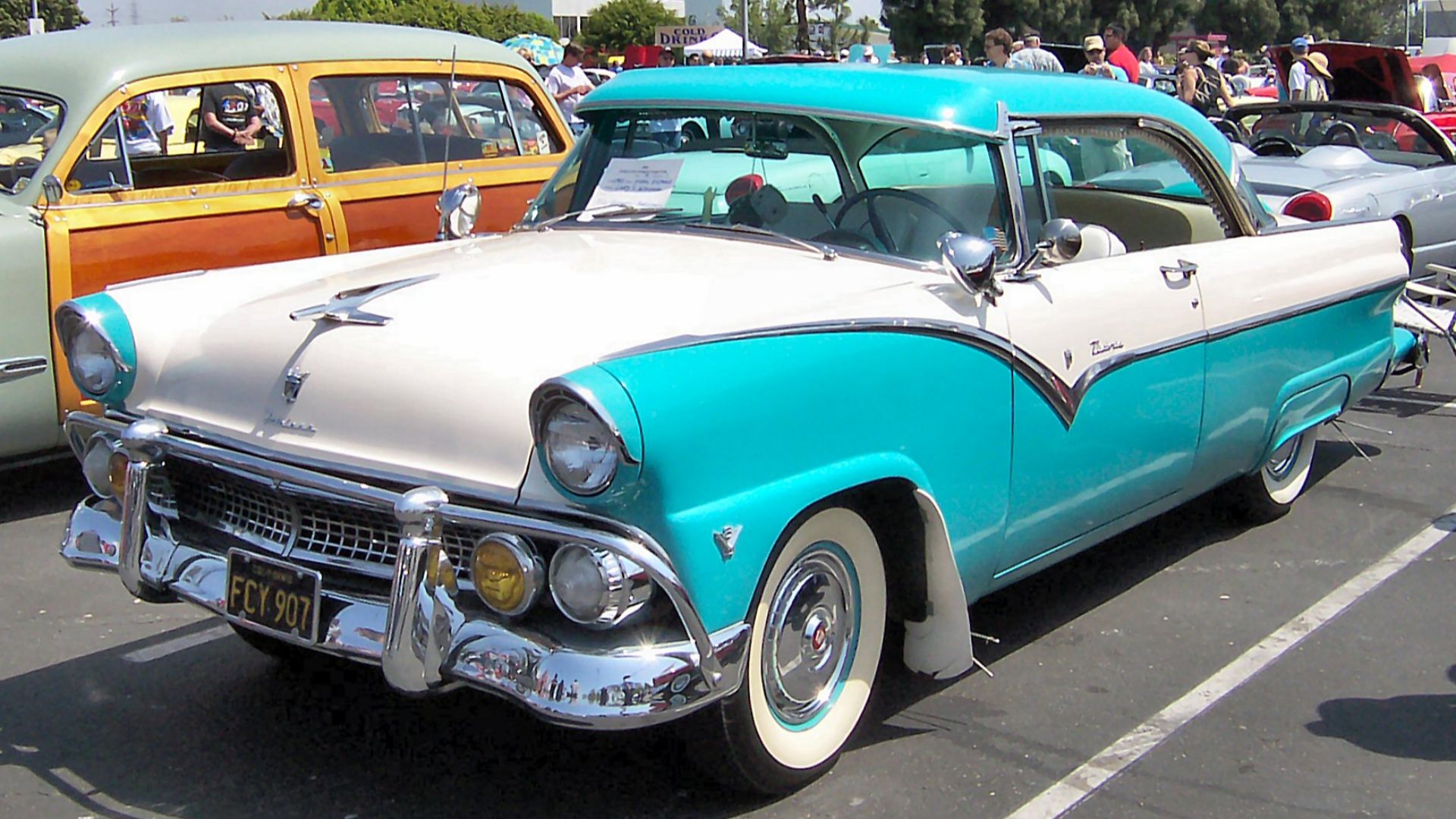 User:Morven, Wikimedia Commons
User:Morven, Wikimedia Commons
Chevrolet El Camino
In an era when vehicles were strictly cars or trucks, this one dared to be both, arriving as Chevrolet's bold response to Ford's Ranchero. This automotive paradox proved ingenious, combining passenger car comfort with pickup practicality. Its SS variants had thundering V8 engines.
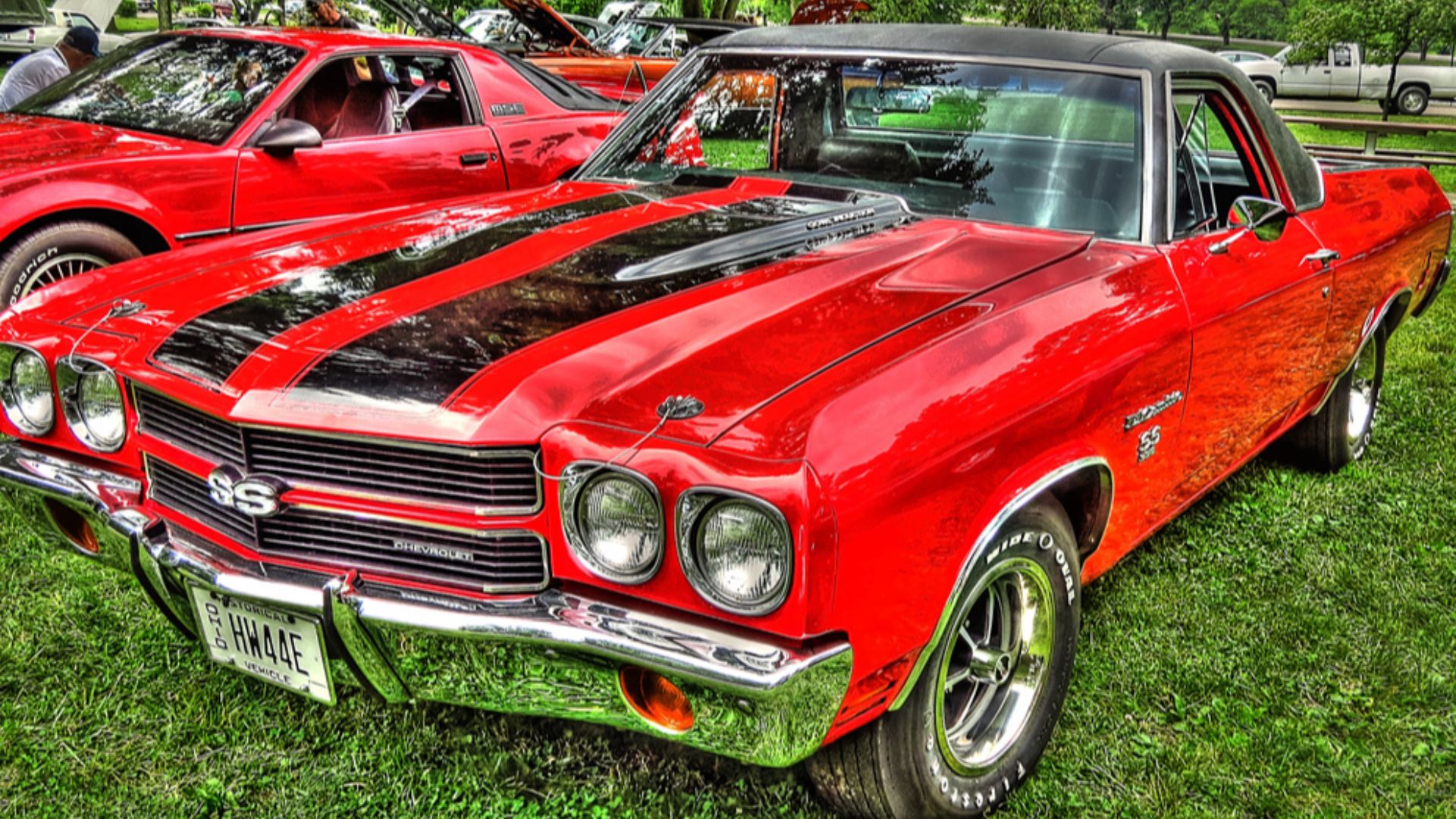 Don O'Brien from Piketon, Ohio, United States, Wikimedia Commons
Don O'Brien from Piketon, Ohio, United States, Wikimedia Commons
Pontiac Fiero
From its revolutionary plastic body panels that conquered weight and rust challenges to its groundbreaking mid-engine configuration, the 1984 Pontiac Fiero represented Detroit's boldest technical experiment. The two-seater's engineering evolved significantly, graduating from early teething problems to emerge with a potent 140-hp V6 GT variant.
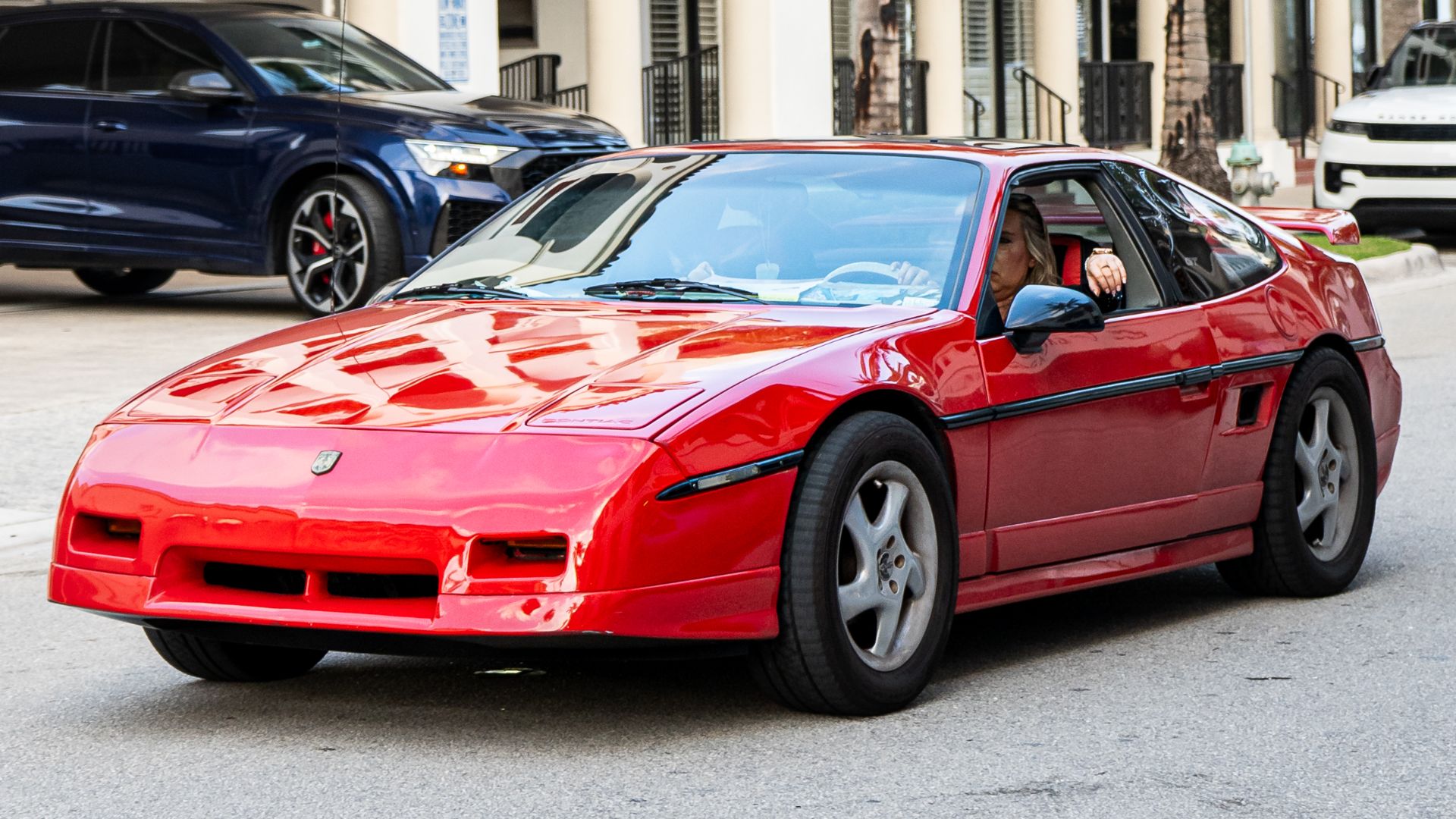 OWS Photography, Wikimedia Commons
OWS Photography, Wikimedia Commons
Chrysler Prowler
The Prowler witnessed a fascinating engineering paradox during its 1997–2002 run - while Chrysler boldly pushed boundaries with advanced aluminum construction and retro-styled open-wheel aesthetics inspired by 1930s customs, its conservative powertrain choices proved jarringly timid. The lightweight chassis technology screamed innovation.
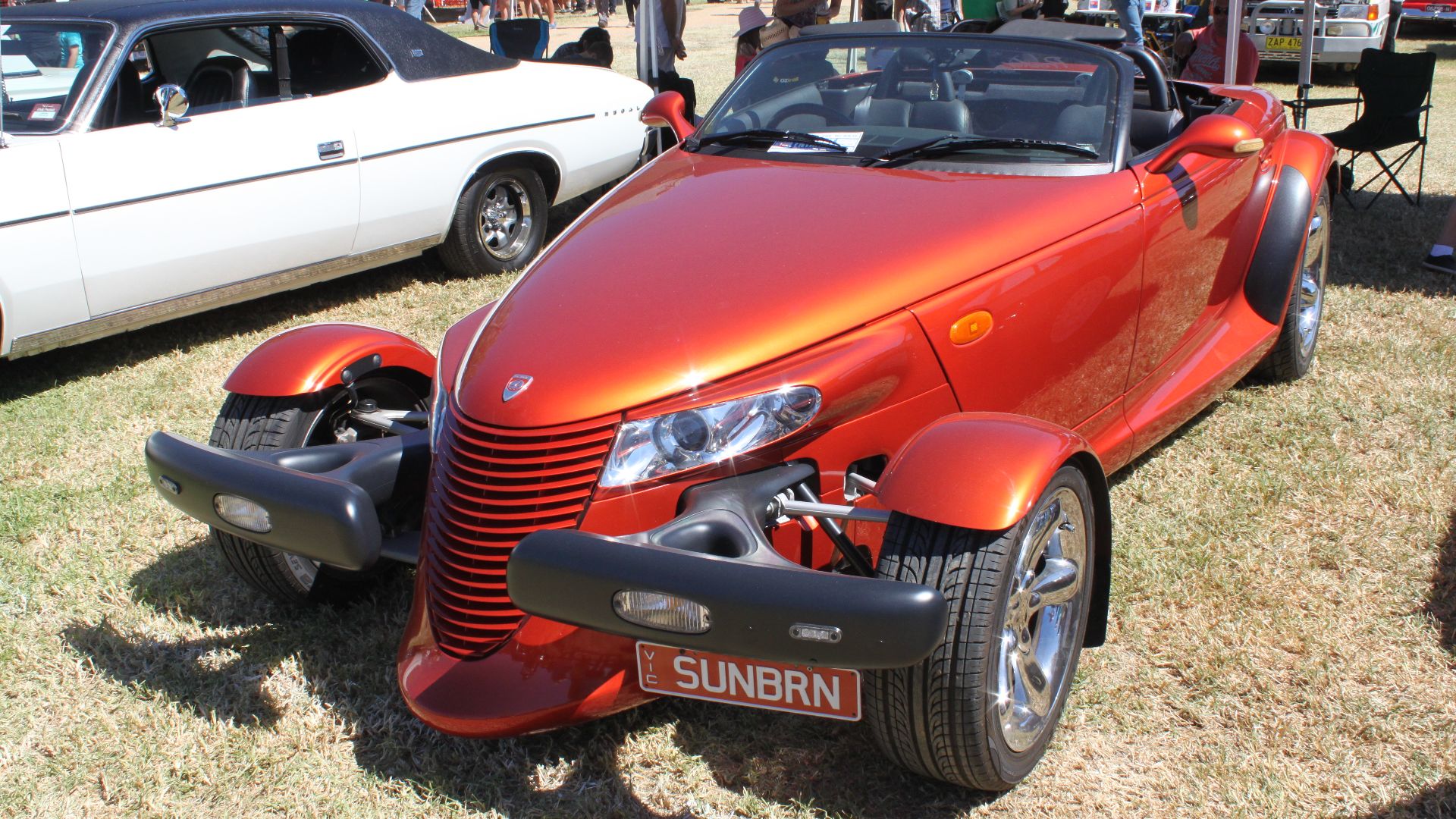 Jeremy from Sydney, Australia, Wikimedia Commons
Jeremy from Sydney, Australia, Wikimedia Commons
Pontiac Aztek
Today's crossover buyers demand versatility and adventure-ready design, yet these "modern" priorities were already part of the 2001 Pontiac Aztek. Despite its polarizing aesthetics, the pioneering SUV offered innovative features like a removable center console-cooler combo, combined with its Breaking Bad cultural cachet.
Buick Grand National
When Buick dared to challenge V8 supremacy with a turbocharged V6 in 1982, few expected the Grand National to become a giant-killer. Yet this souped-up Regal, especially in its peak 1986–87 form, merged menacing aesthetics with astonishing acceleration to emerge as the decade's most unlikely performance icon.
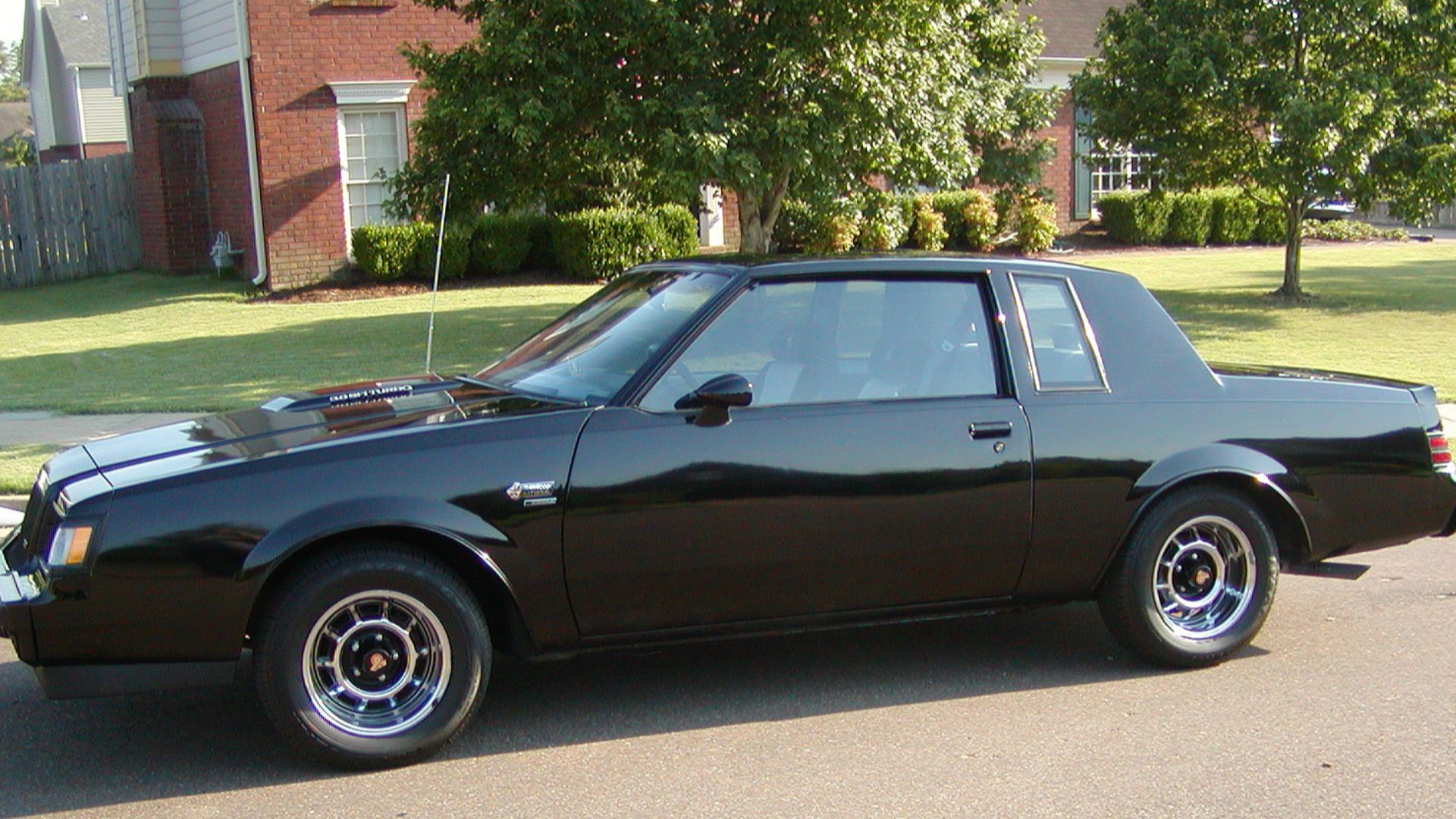 MeanBuicks at English Wikipedia, Wikimedia Commons
MeanBuicks at English Wikipedia, Wikimedia Commons
AMC Eagle
Before 1980, the automotive world drew clear lines between passenger cars and four-wheel-drive vehicles. Then the AMC Eagle shattered conventions, showing up as America's first crossover by brilliantly merging car comfort with 4x4 capability across sedan, wagon, and coupe variants.
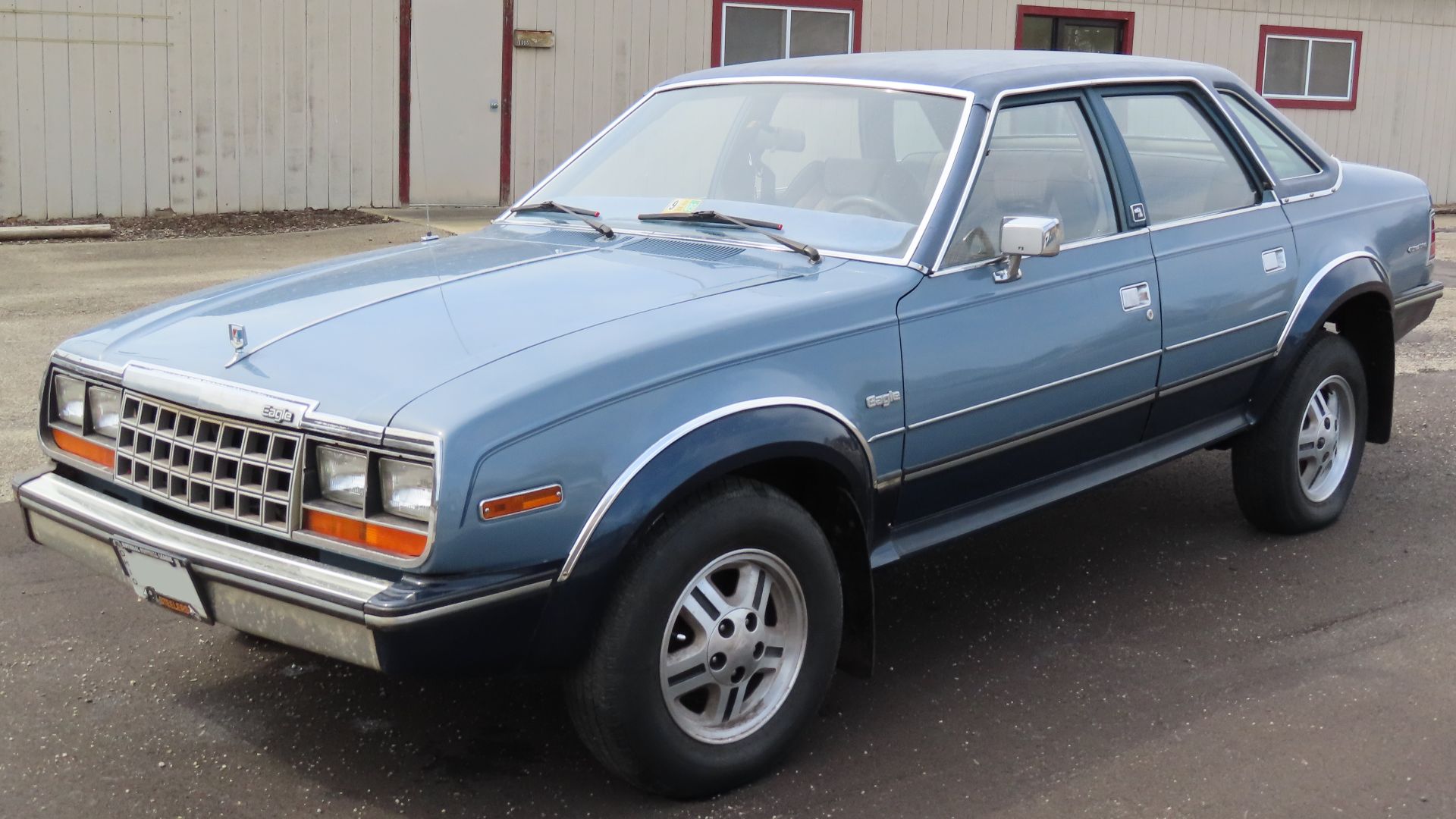 MercurySable99, Wikimedia Commons
MercurySable99, Wikimedia Commons
Oldsmobile 442
The cryptic "442" badge that adorned Oldsmobile's legendary muscle car wasn't a mathematical puzzle. It originally decoded the Cutlass performance package's key features, which were a 400 cubic-inch V8, 4-barrel carburetor, and dual exhausts. Later models strayed from this strict formula.
Cadillac Eldorado
As a mirror reflecting evolving American ideals of luxury, the Cadillac Eldorado went from its 1953 origins as an exclusive convertible into the definitive prestige vehicle of its era. Long, low, and dripping with chrome, it turned every street into a red carpet.
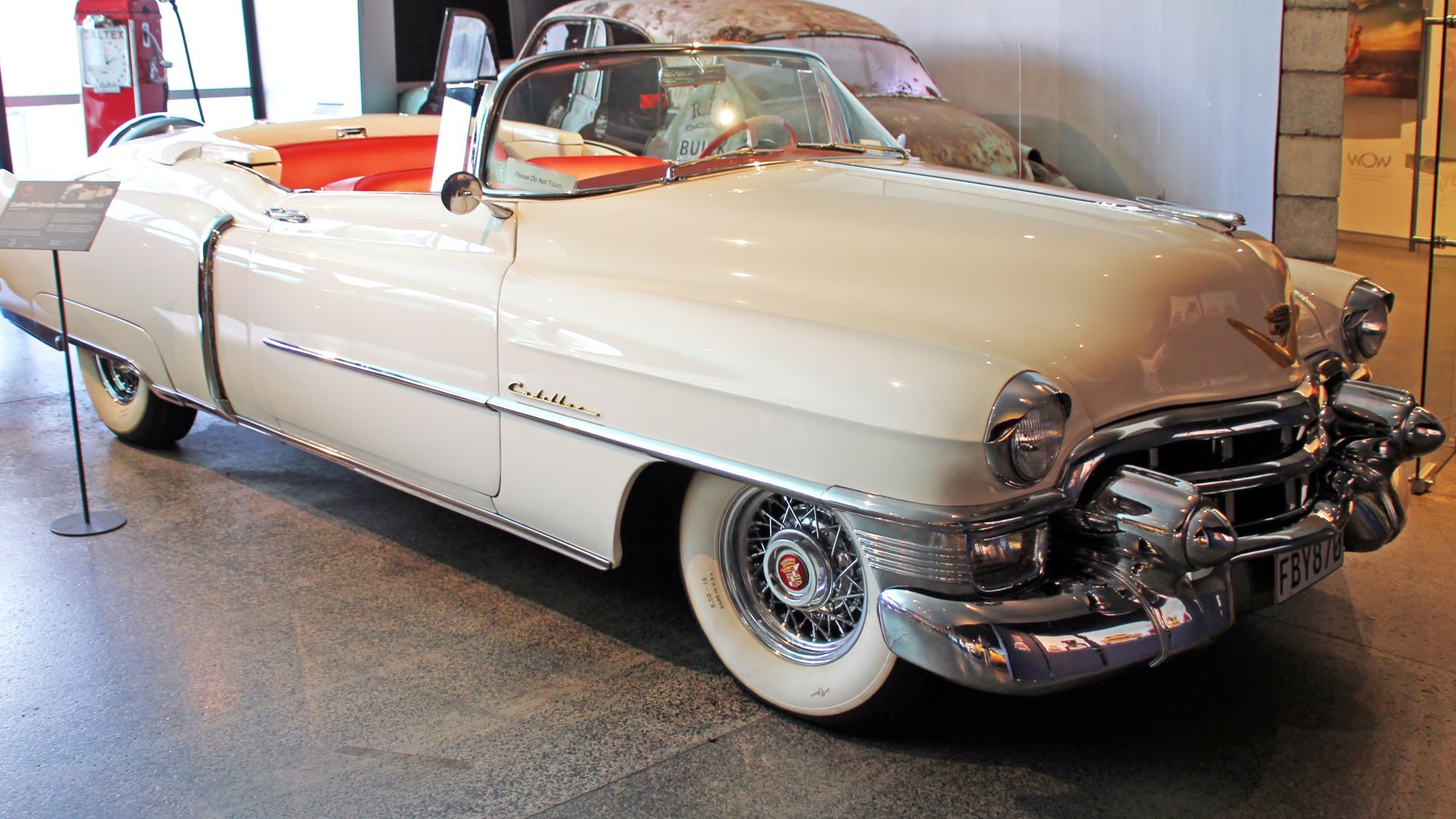 Tony Hisgett from Birmingham, UK, Wikimedia Commons
Tony Hisgett from Birmingham, UK, Wikimedia Commons
Plymouth Road Runner
Who would have thought a cartoon roadrunner could inspire one of muscle car history's most brilliant innovations? Introduced in 1968, Plymouth's Road Runner brilliantly paired Warner Bros' beloved character, complete with its signature horn sound, with serious performance credentials.
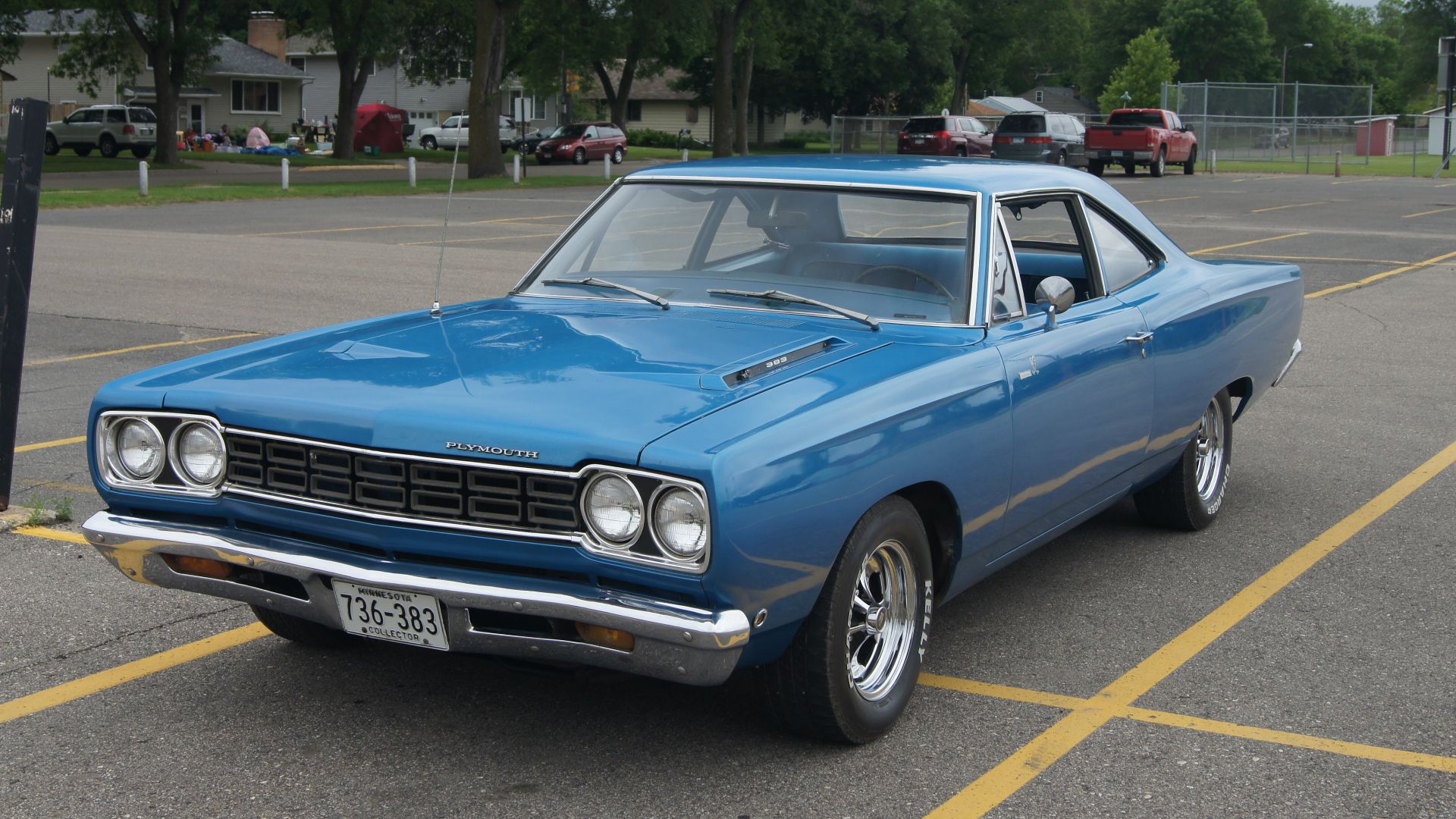 Greg Gjerdingen from Willmar, USA, Wikimedia Commons
Greg Gjerdingen from Willmar, USA, Wikimedia Commons
Pontiac Firebird Trans Am
Drawing its name from the prestigious Trans-American racing series, the Pontiac Firebird Trans Am roared onto the scene in 1969 as a high-performance icon. The model reached its cultural zenith with its starring role in the 1977 movie Smokey and the Bandit.
AMC Javelin
In 1968, AMC unveiled its bold challenger to Detroit's pony car throne, the Javelin, with aggressive styling and thunderous V8 power aimed squarely at the Mustang and Camaro. The upstart's Trans-Am racing triumphs soon validated its performance credentials, but by 1974, the energy crisis forced AMC to sacrifice its sporting heritage.
Studebaker Avanti
Setting a new standard with disc brakes as standard equipment—a first for American production cars—the 1963 Studebaker Avanti showcased engineering excellence through its superb fiberglass-bodied construction. Raymond Loewy's radical sports coupe design proved so mechanically significant that independent manufacturers continued producing evolved versions into the 2000s.
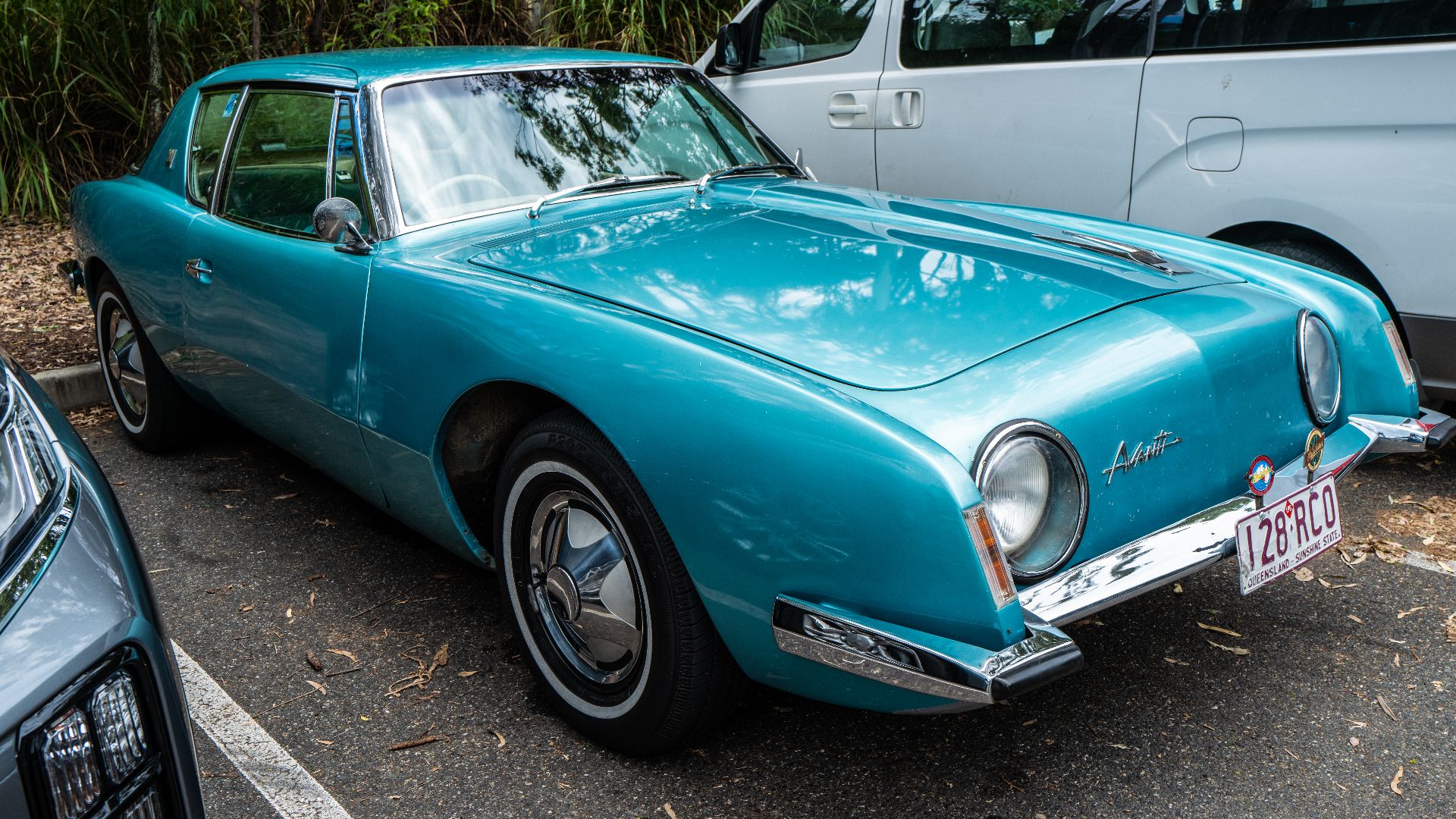 John Robert McPherson, Wikimedia Commons
John Robert McPherson, Wikimedia Commons
Ford Ranchero
The legendary Ford-Chevrolet rivalry took an unexpected turn in 1957 when Ford launched the groundbreaking Ranchero, establishing dominance in the car-based pickup segment. While Chevy would later counter with its El Camino, the Ranchero maintained its edge through multiple iterations.
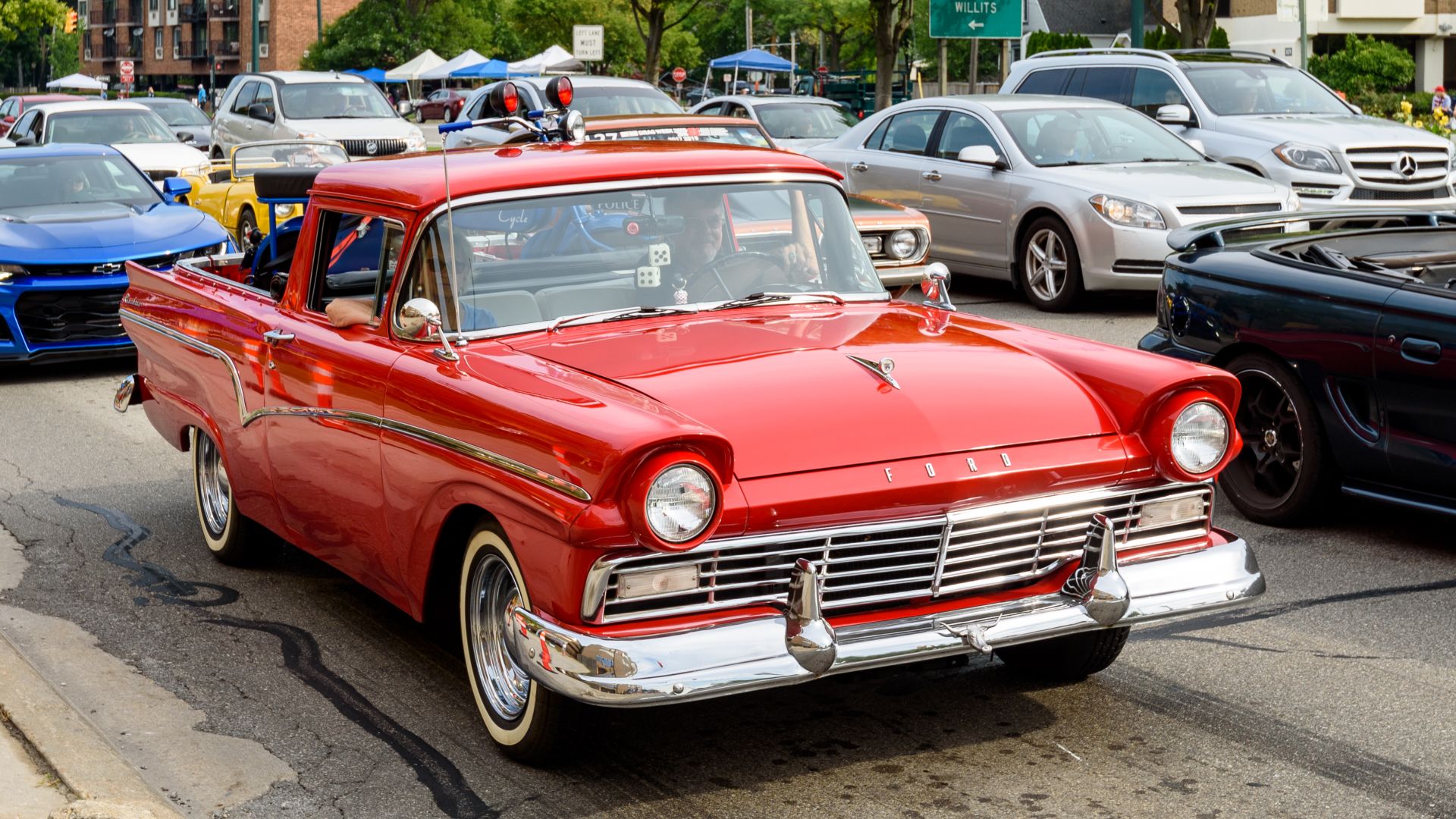 Mustang Joe, Wikimedia Commons
Mustang Joe, Wikimedia Commons
Shelby Cobra Super Snake
When British chassis artistry met American V8 thunder, the Shelby Cobra Super Snake emerged as the ultimate expression of cross-Atlantic engineering synergy. This dual Paxton-supercharged masterpiece, though produced in precious few numbers during the 1960s, crystallized a performance philosophy that would influence generations of sports cars.
 Why The 1966 Cobra Super Snake Was A Death Machine… by Lost Auto History
Why The 1966 Cobra Super Snake Was A Death Machine… by Lost Auto History
Mercury Cougar
This car’s hidden headlights and sequential rear turn signals weren't just design flourishes, as they signaled Detroit's bold venture into European-inspired sophistication. Launched in 1967 as a more luxurious companion to the Mustang platform, the distinctive model resonated with buyers seeking refined performance.
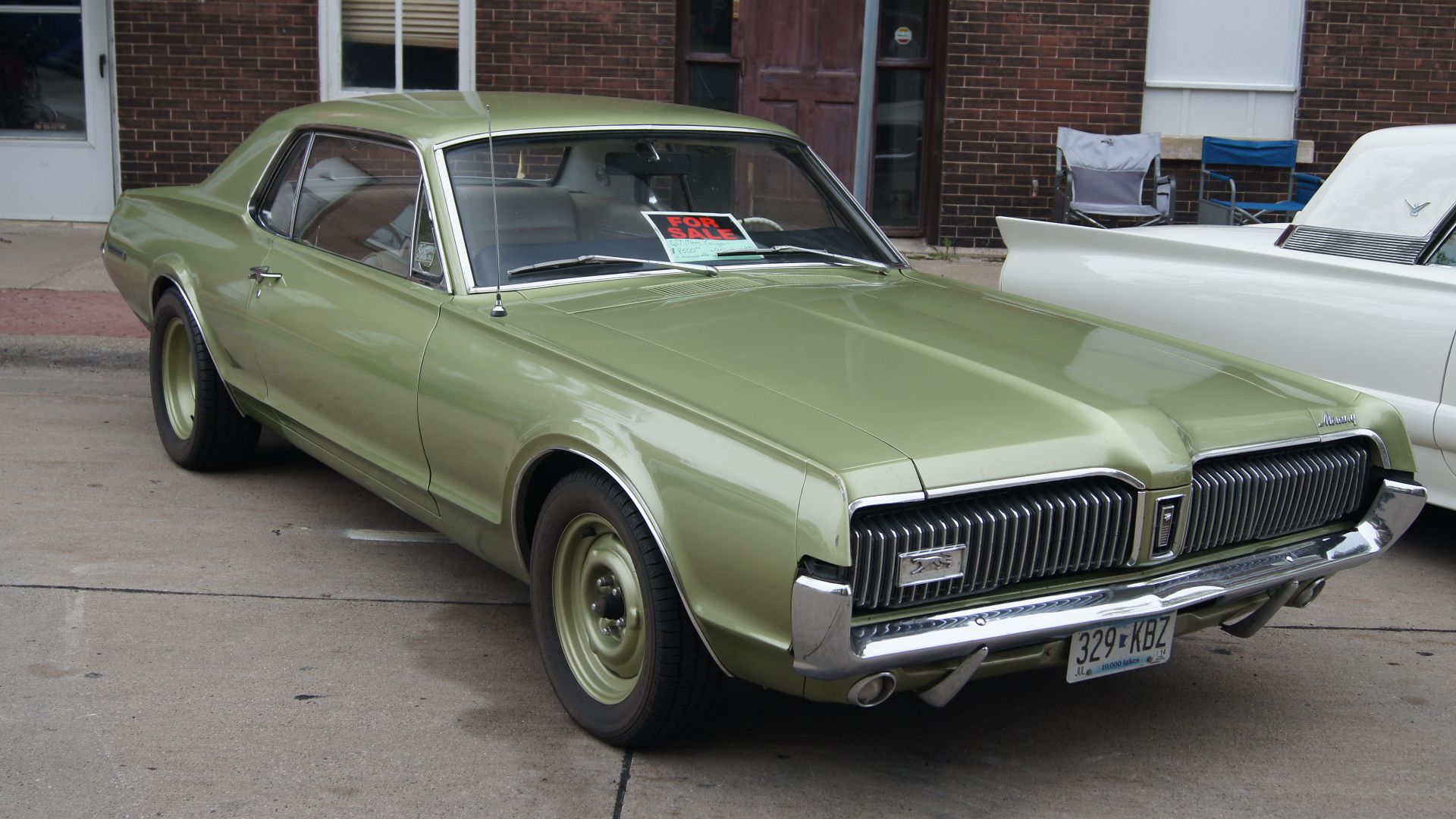 Greg Gjerdingen, Wikimedia Commons
Greg Gjerdingen, Wikimedia Commons
Shelby Mustang GT500 Super Snake
Carroll Shelby's relentless pursuit of automotive excellence crystallized in the 1967 GT500 Super Snake, where his performance vision met the raw power of a modified Ford 427 FE racing engine. Though this 500-plus-horsepower prototype achieved a staggering 170 mph during tire testing, its legacy remained deliberately limited.
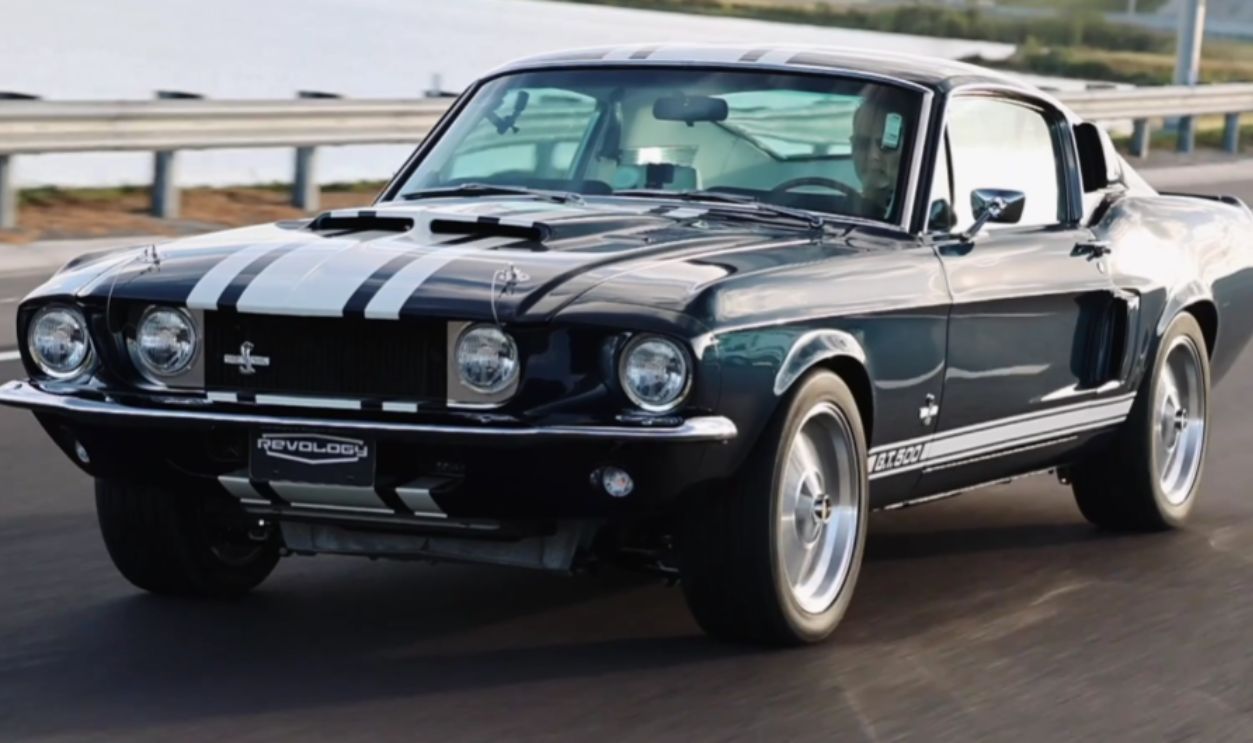 Revology Car Review | 1967 Shelby GT500 Super Snake in Dark Blue Metallic by Revology Cars
Revology Car Review | 1967 Shelby GT500 Super Snake in Dark Blue Metallic by Revology Cars

